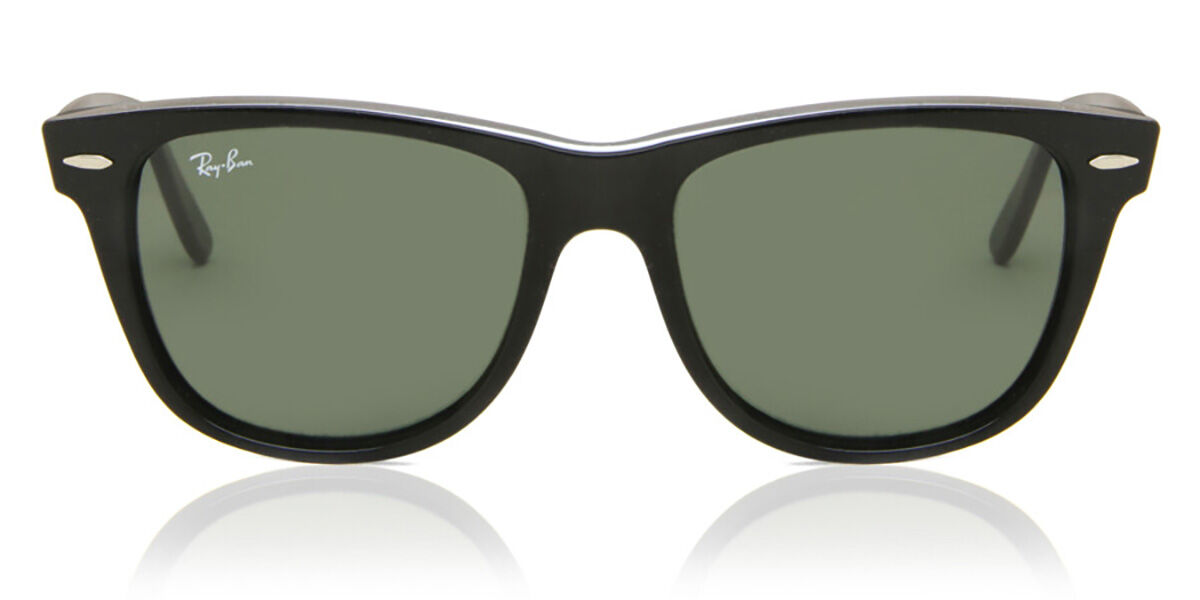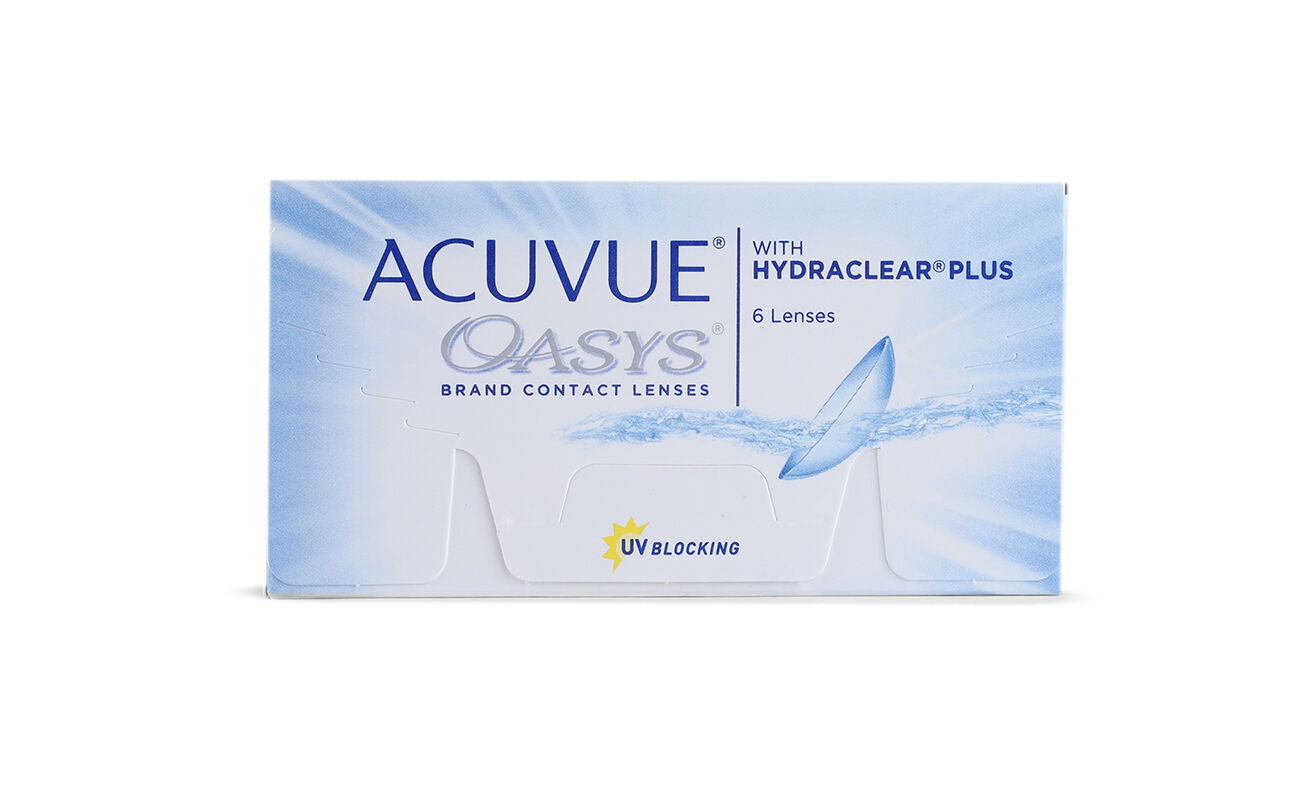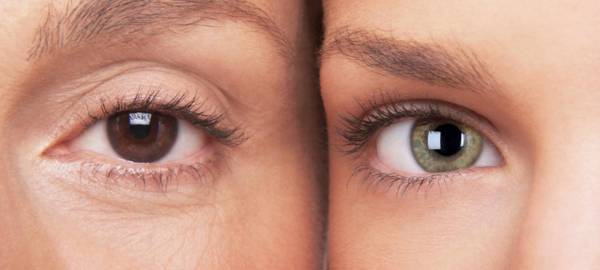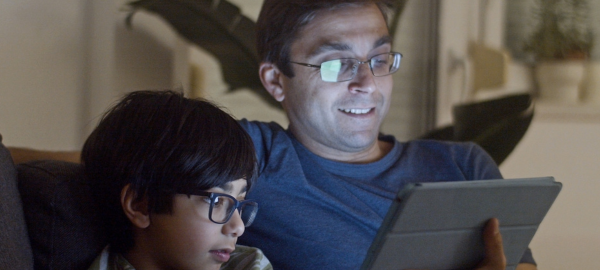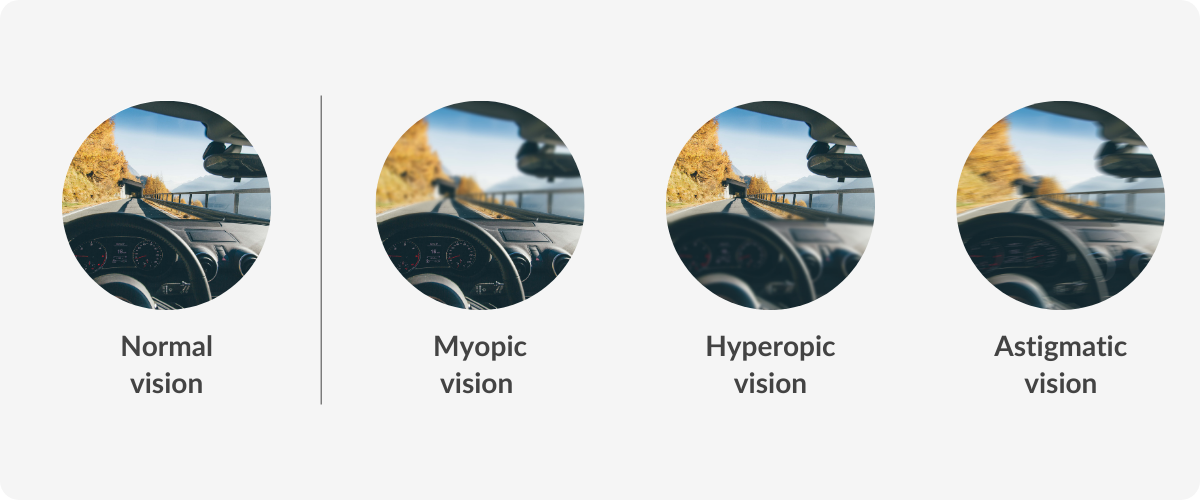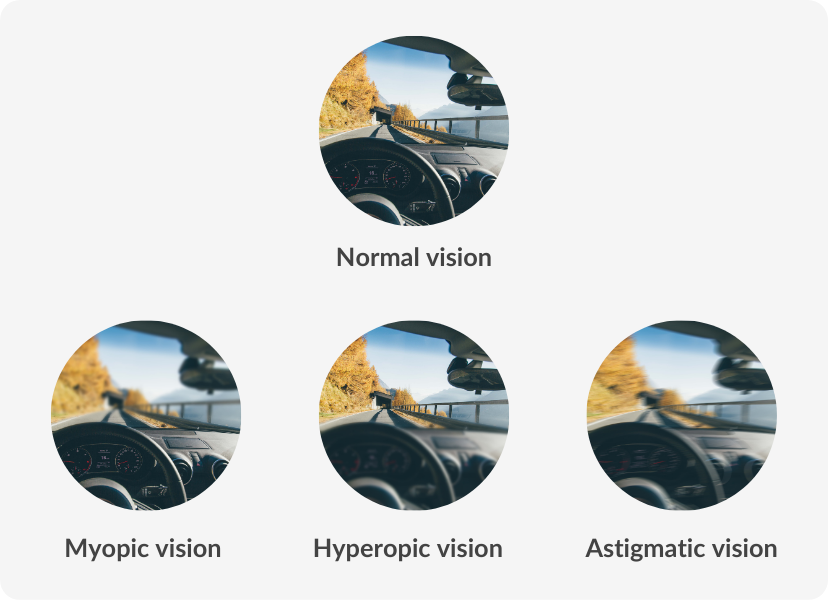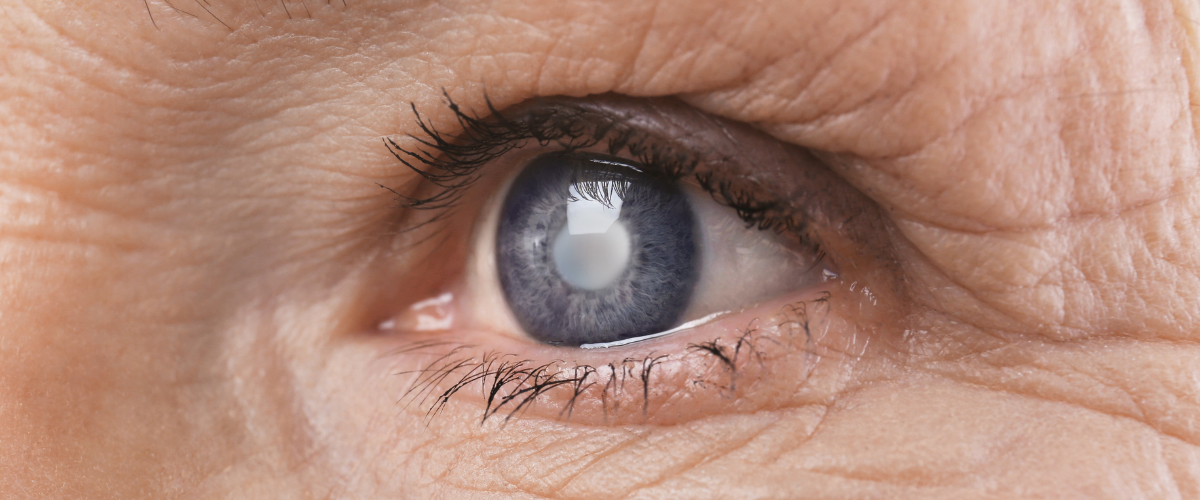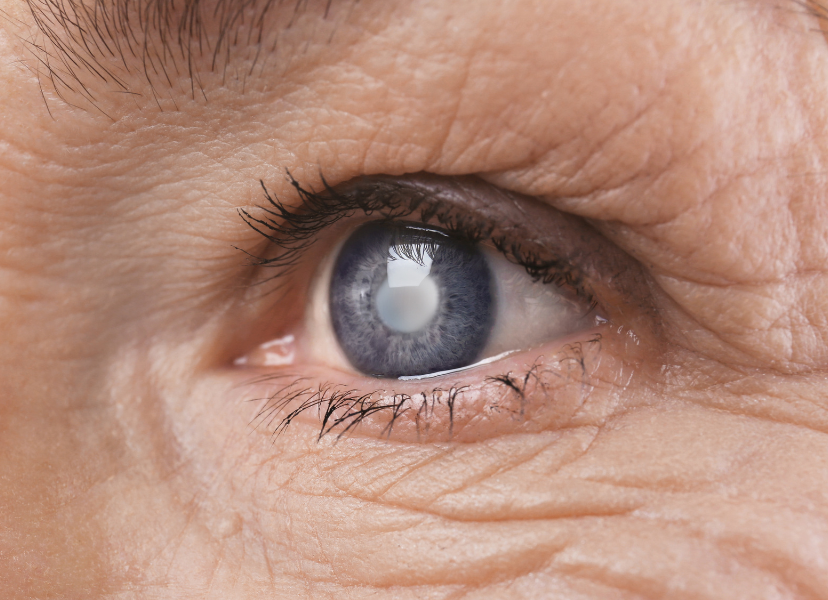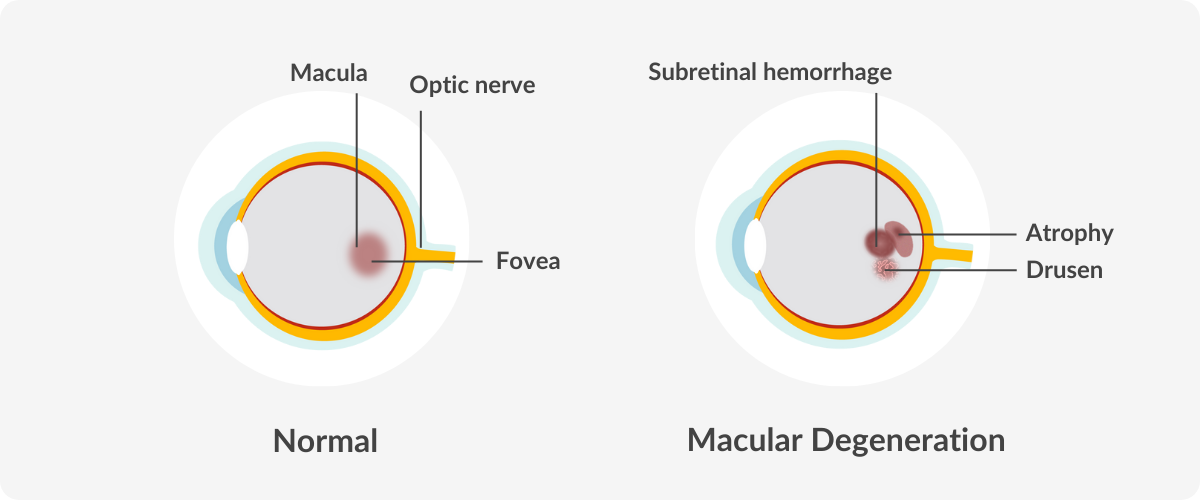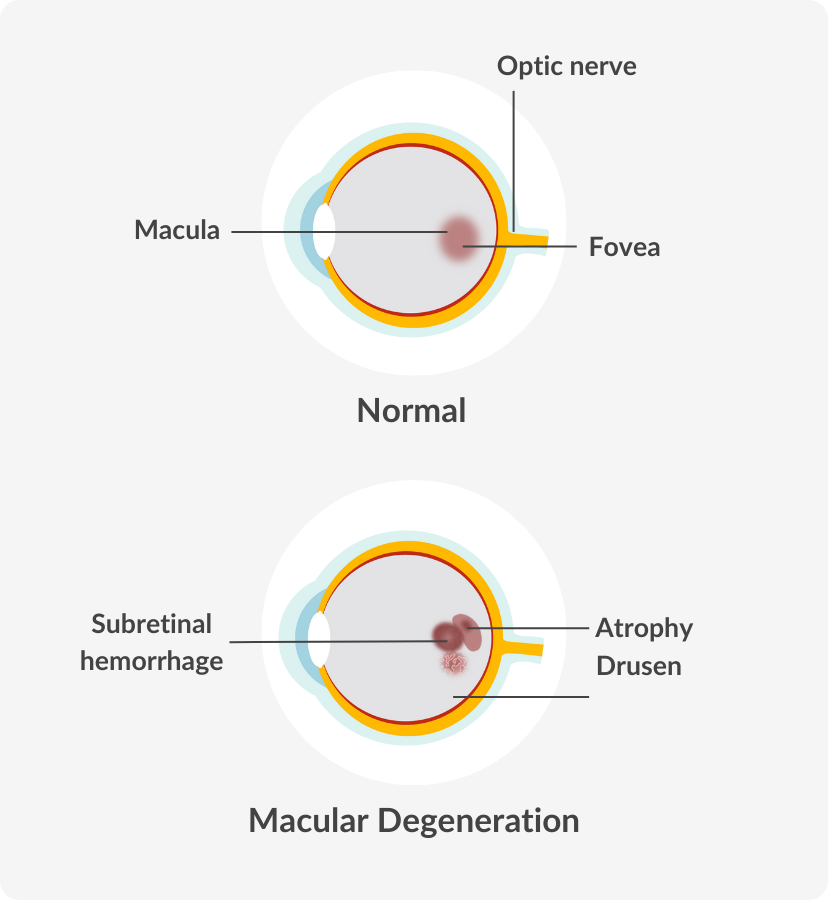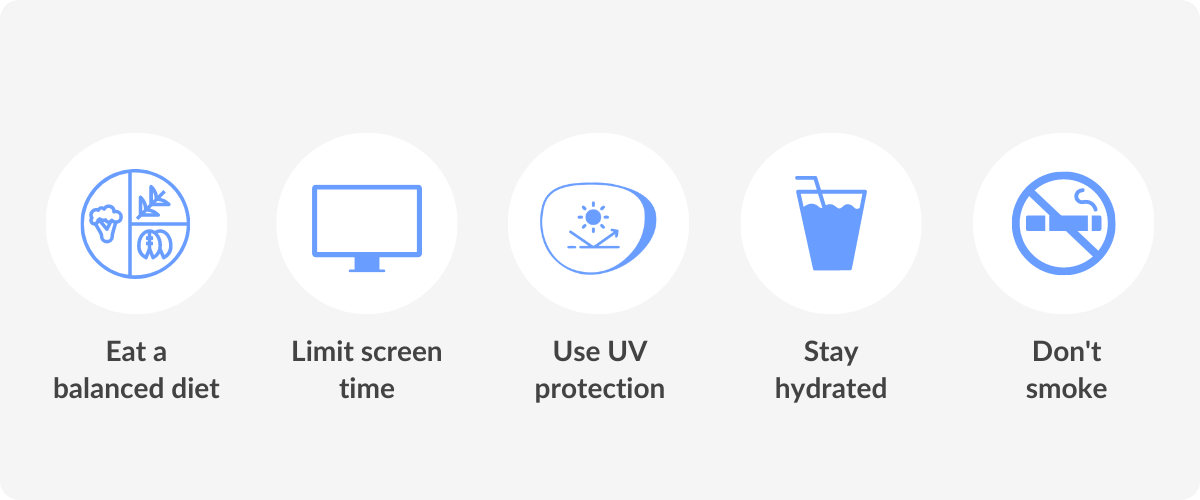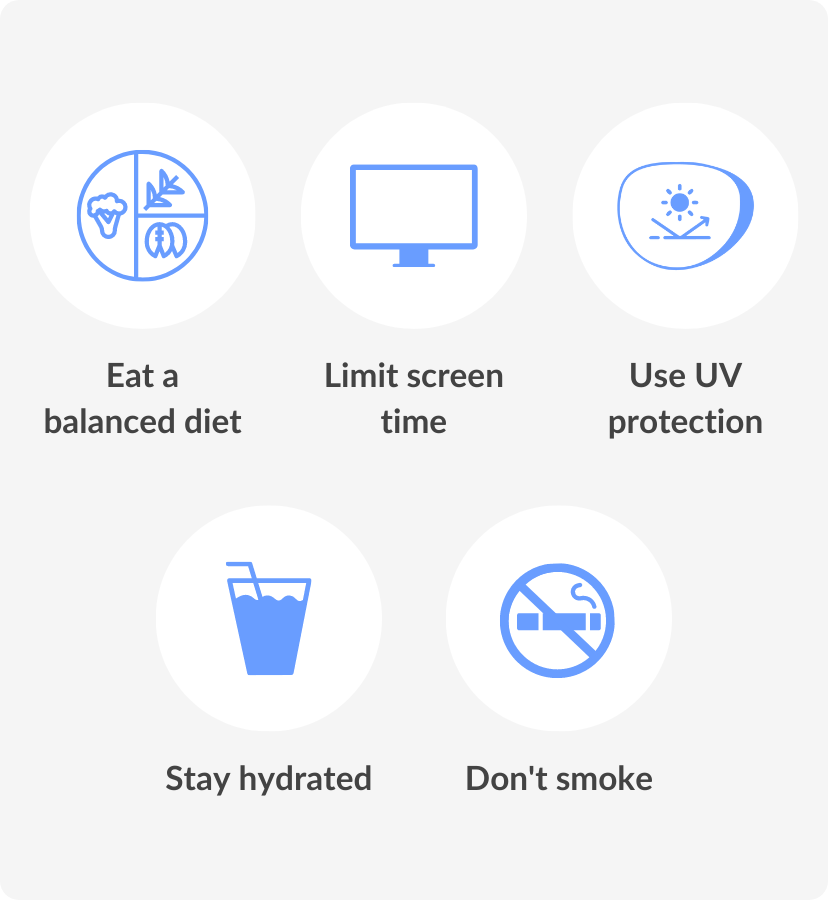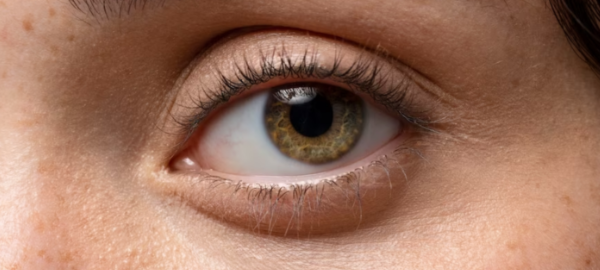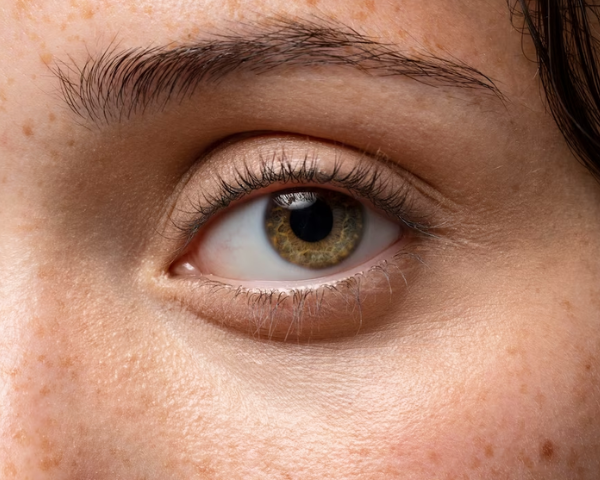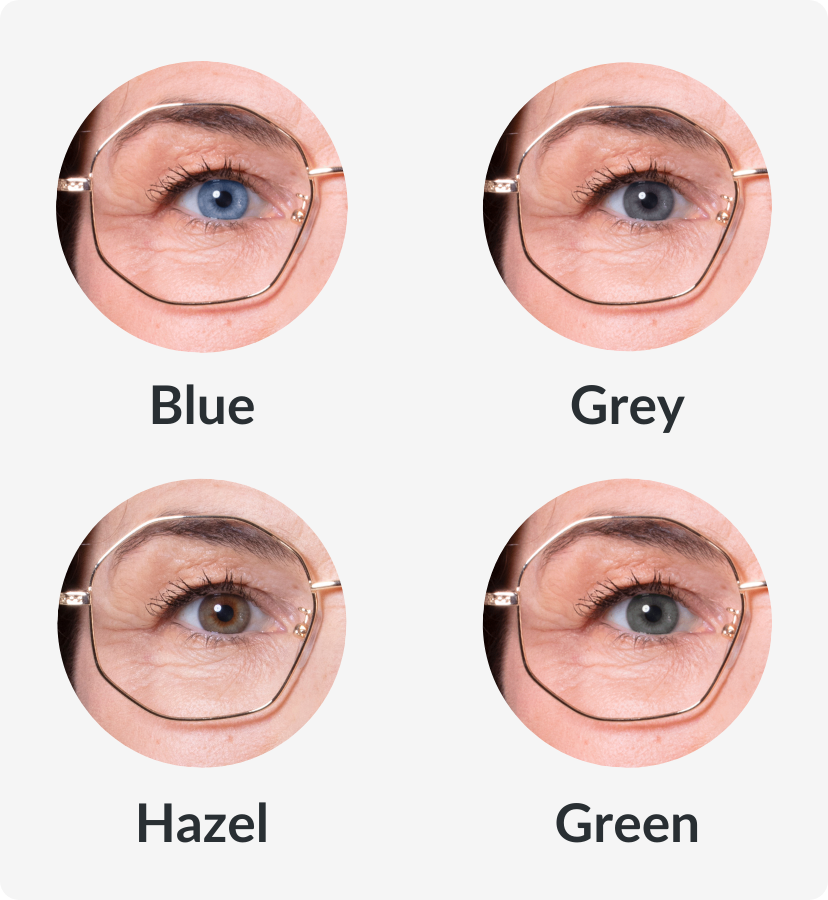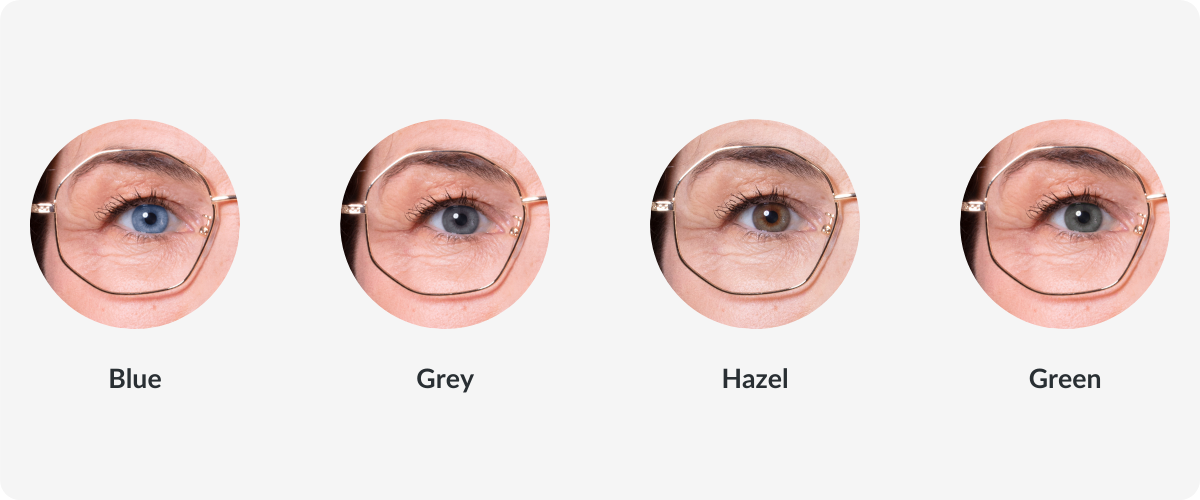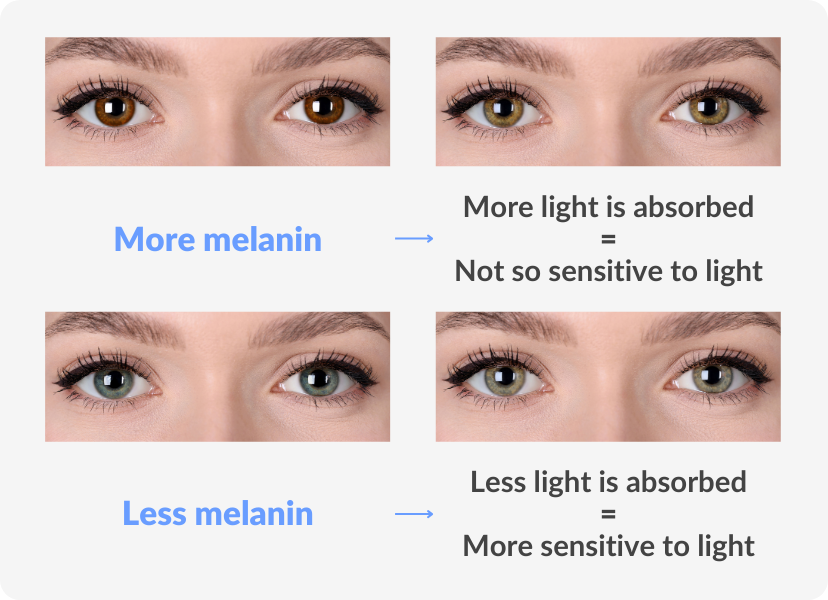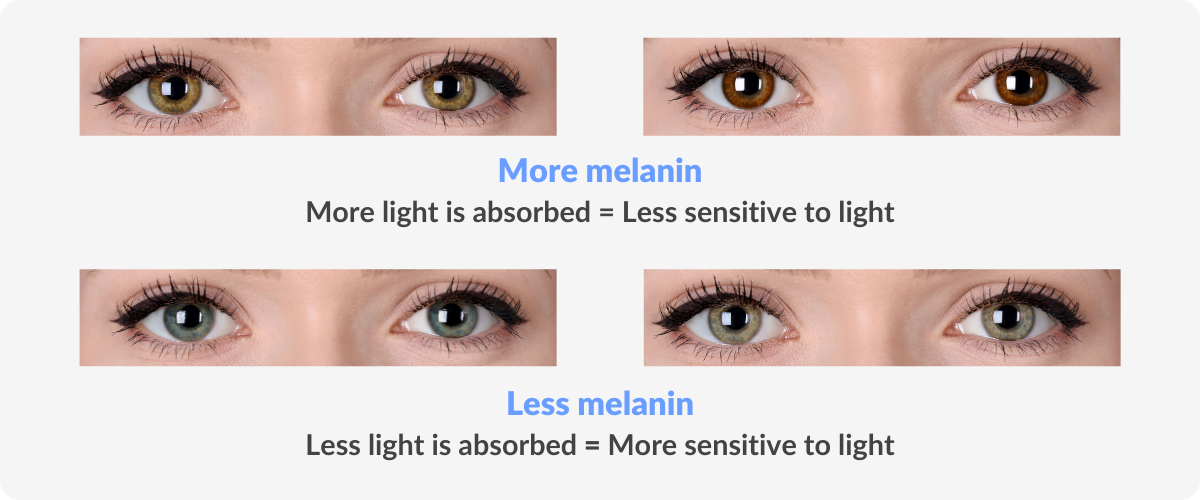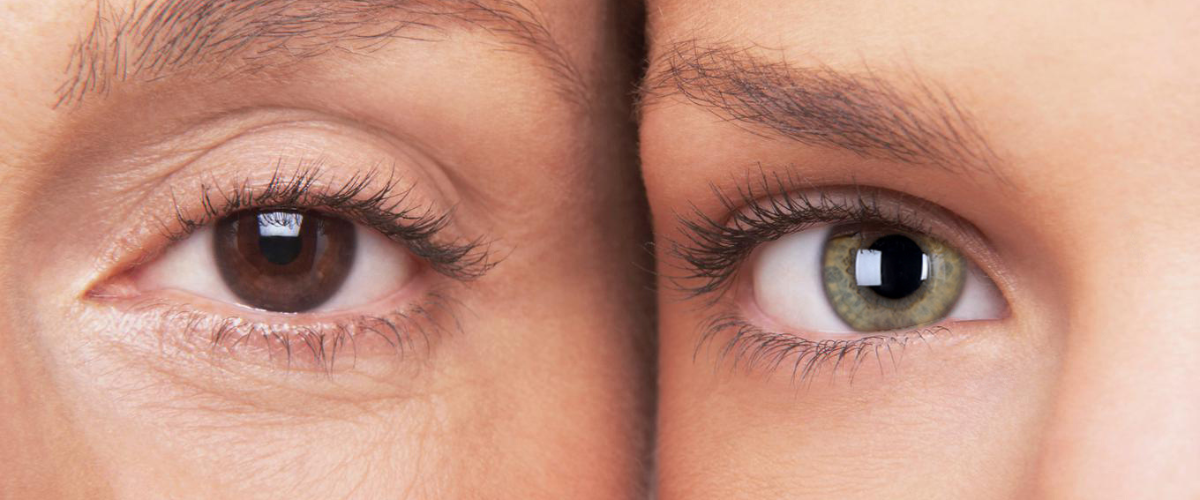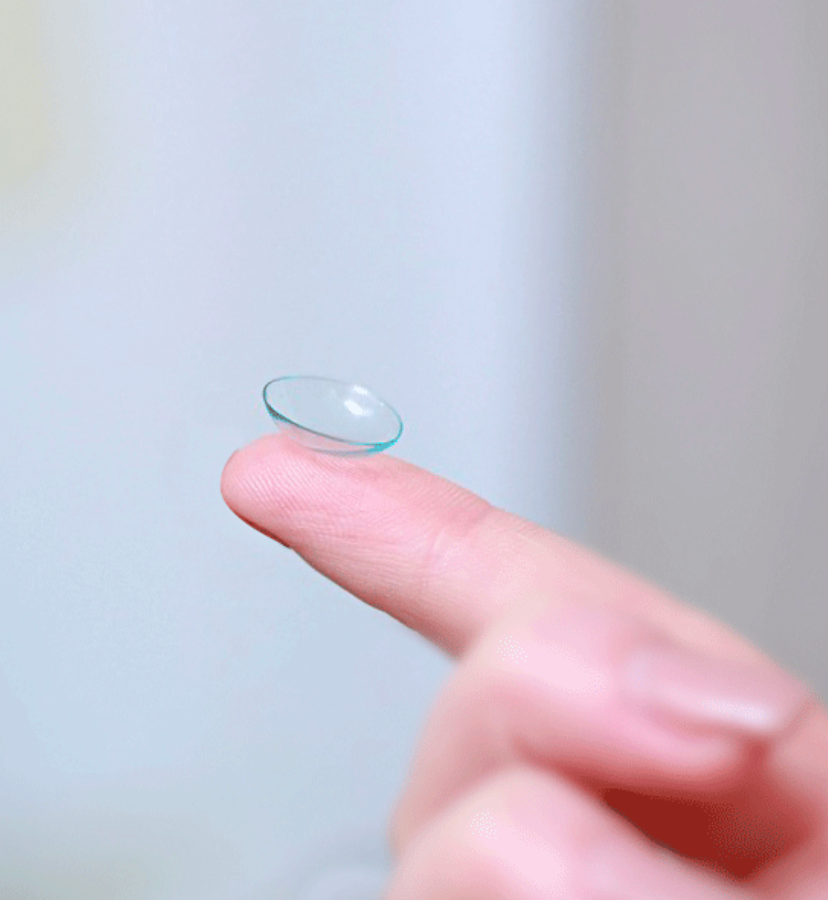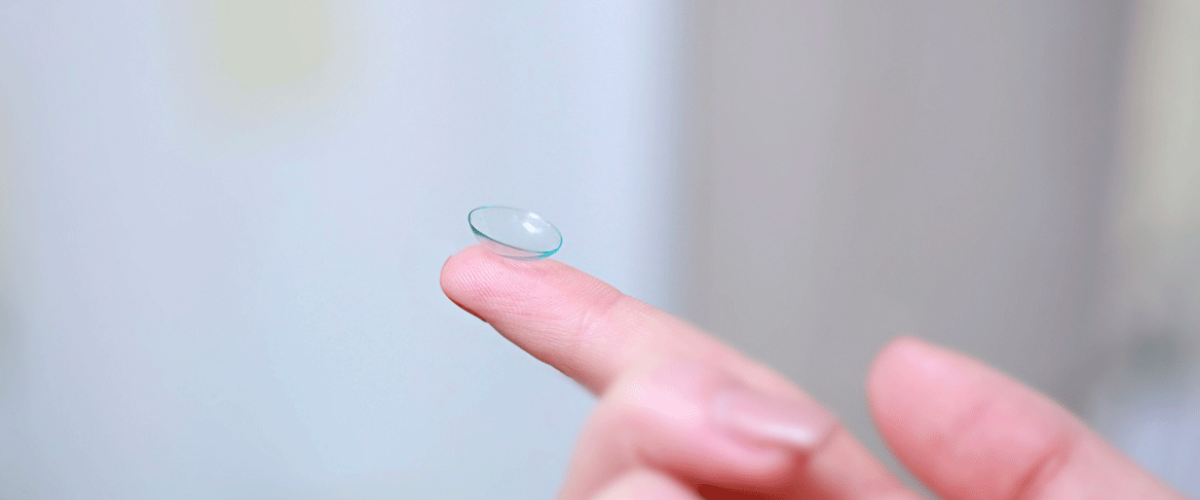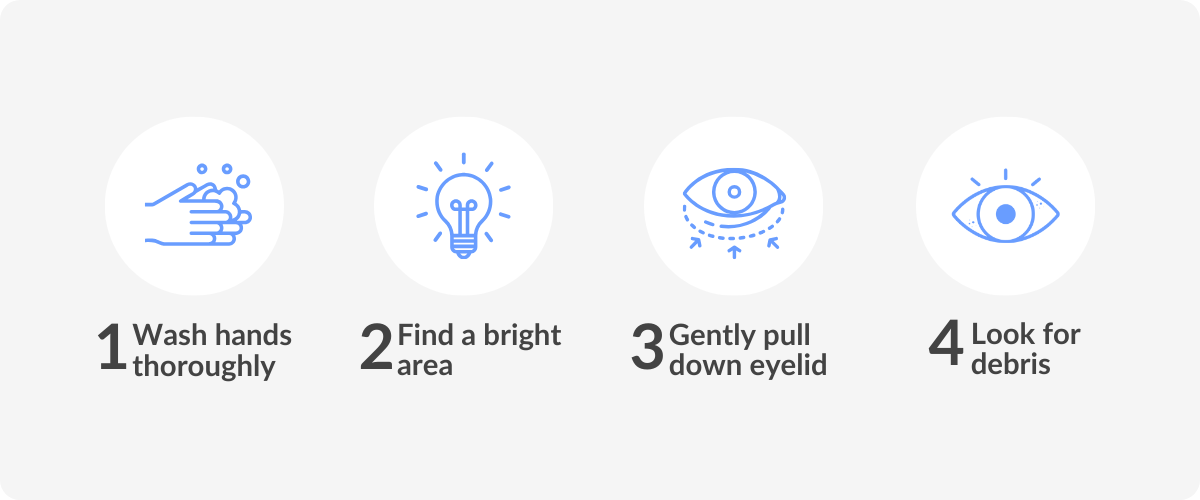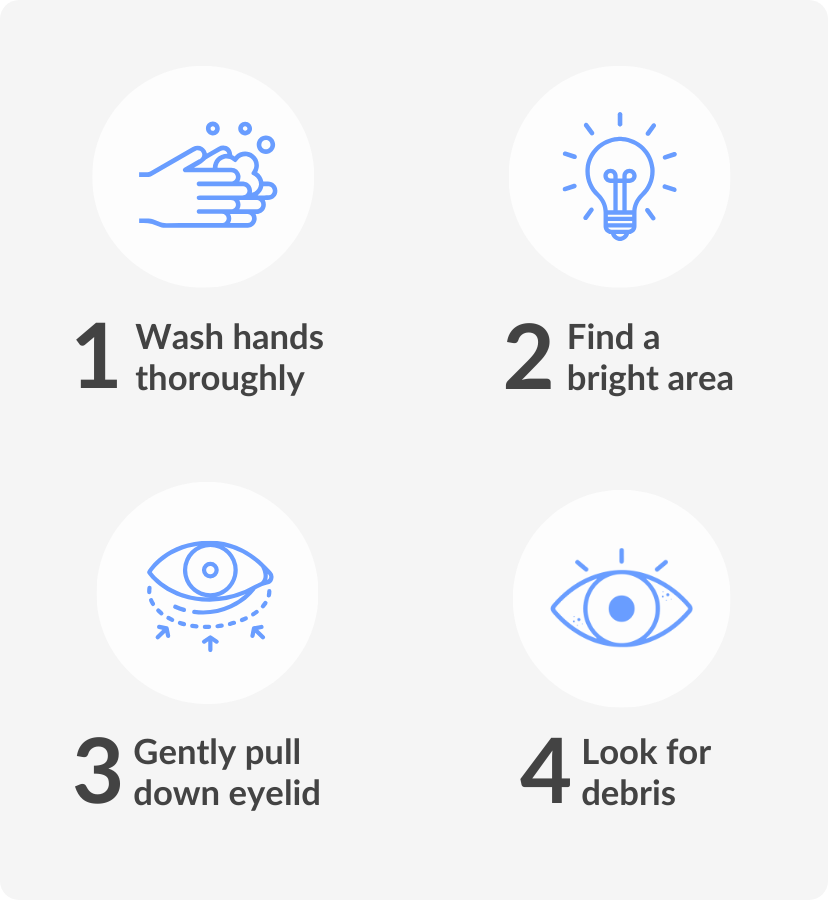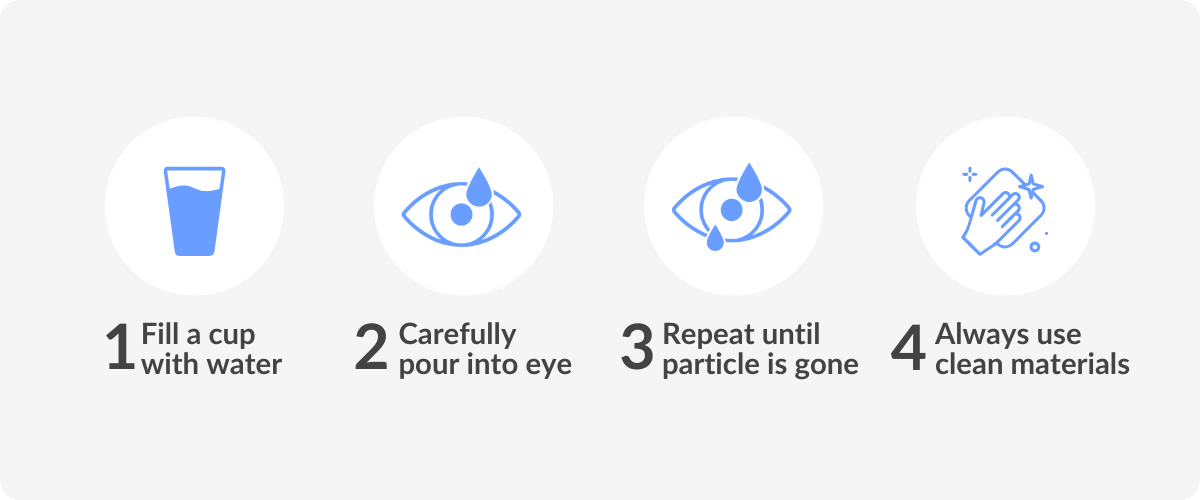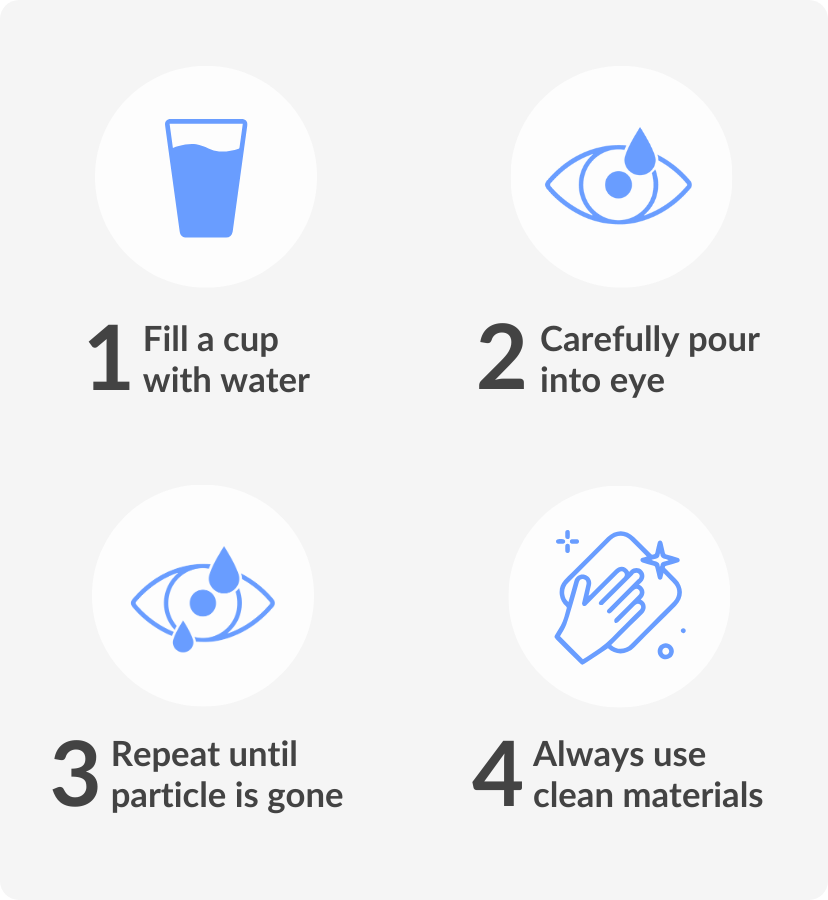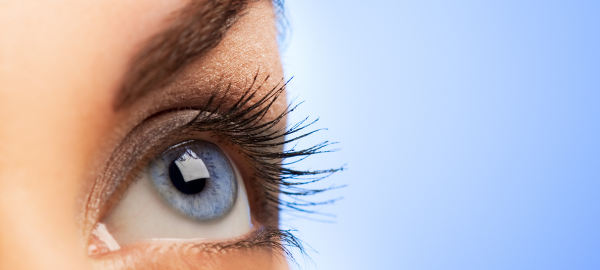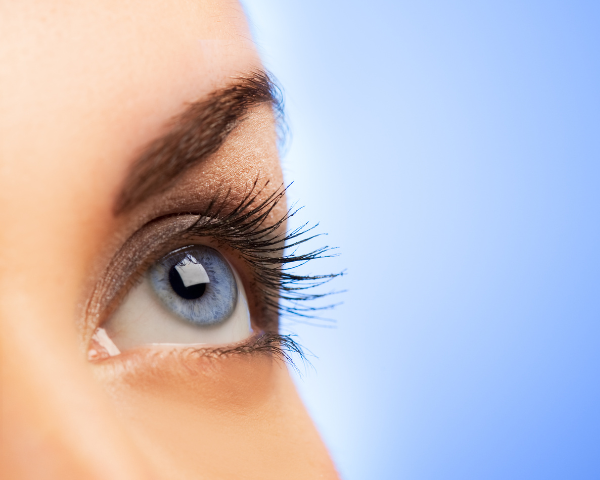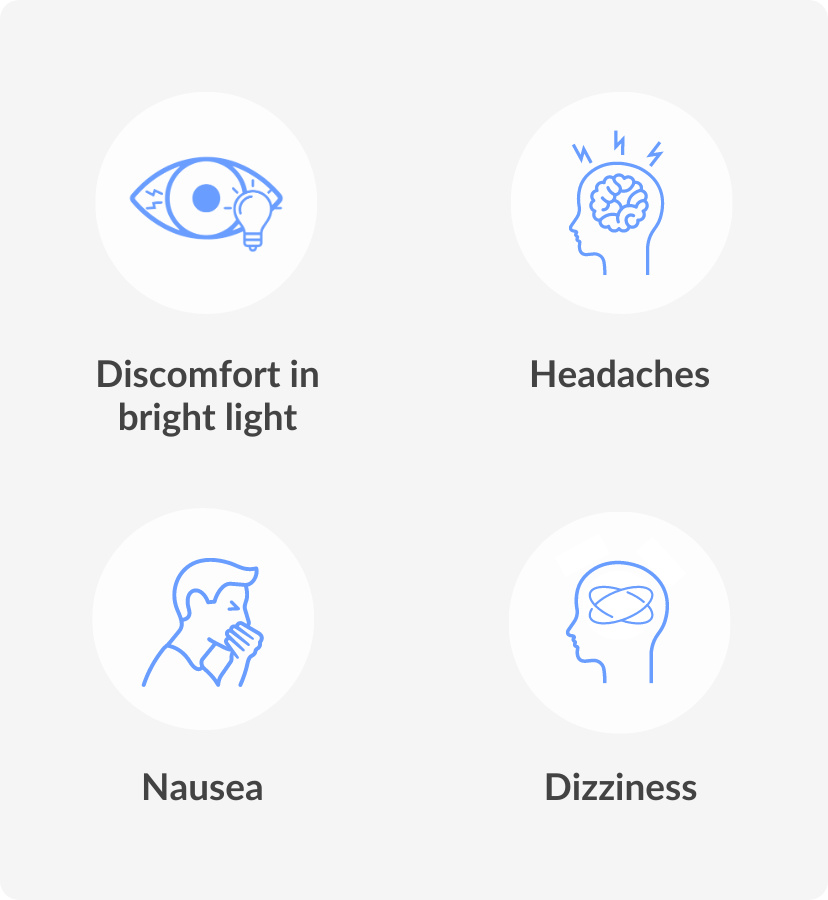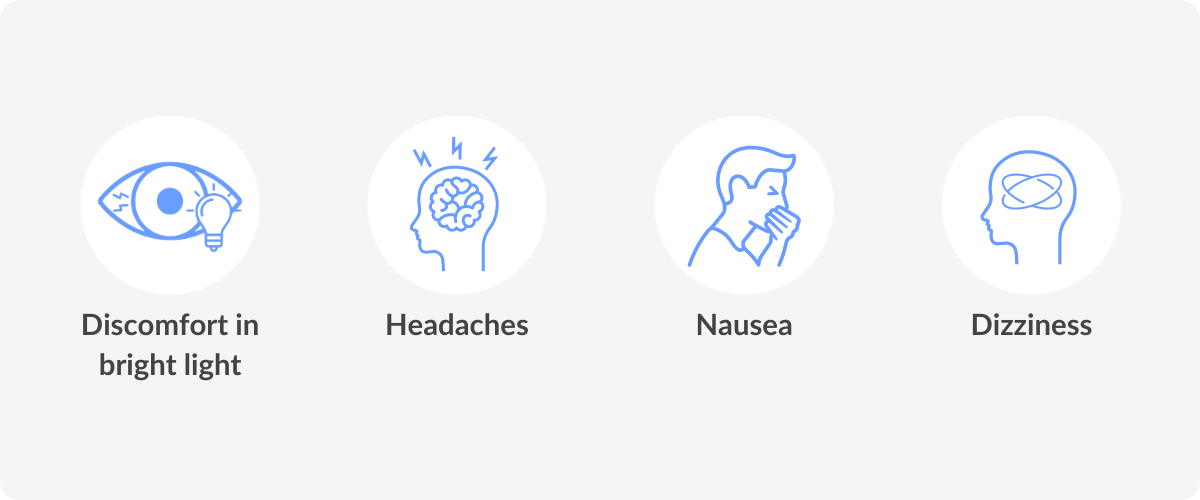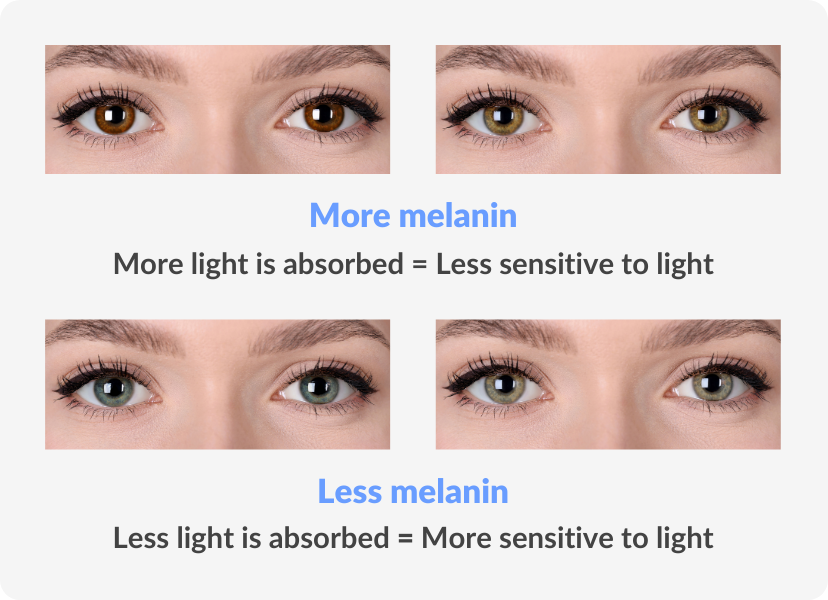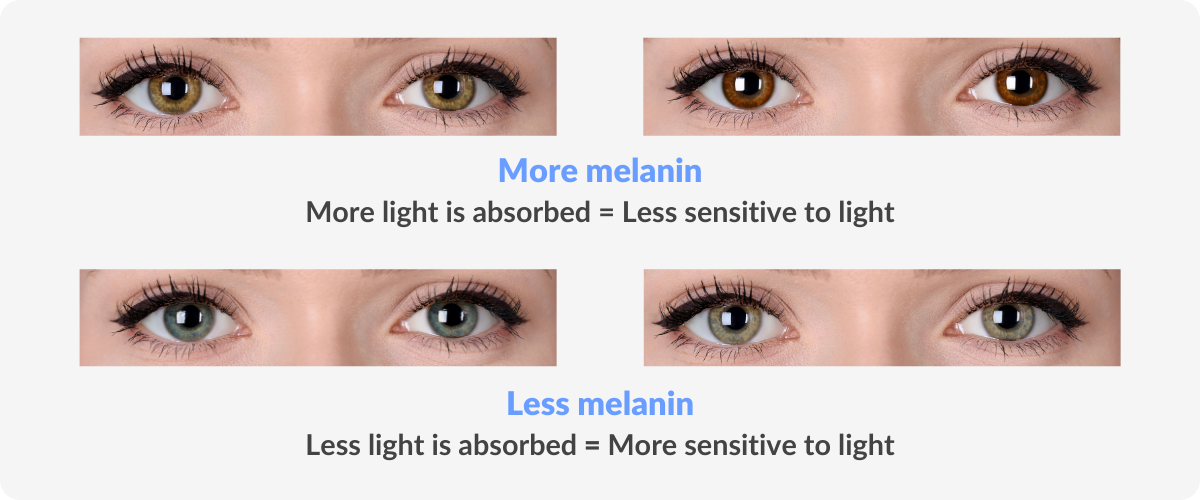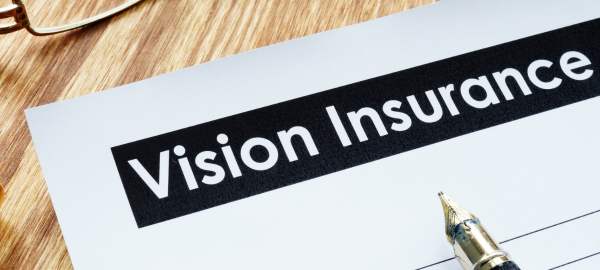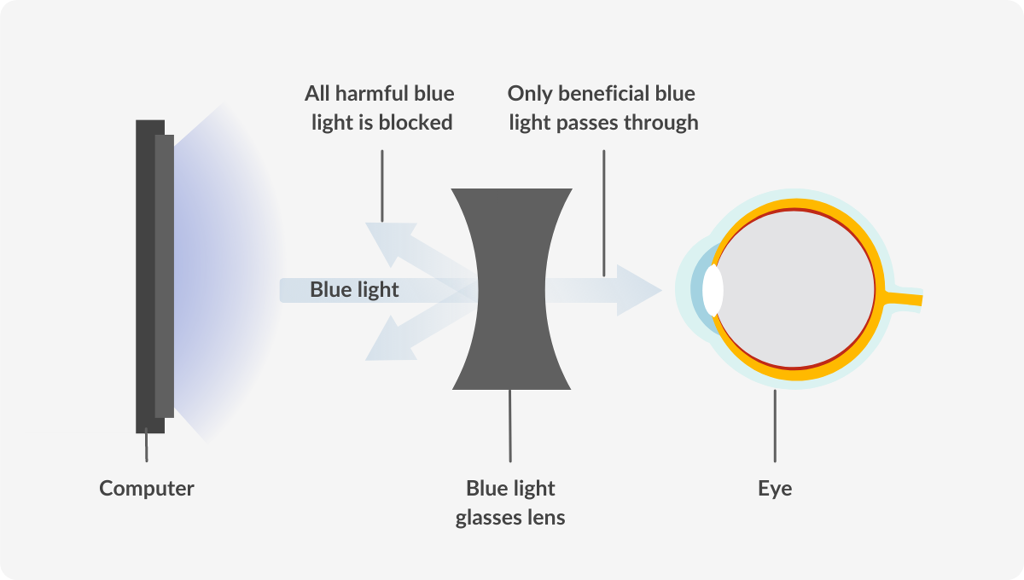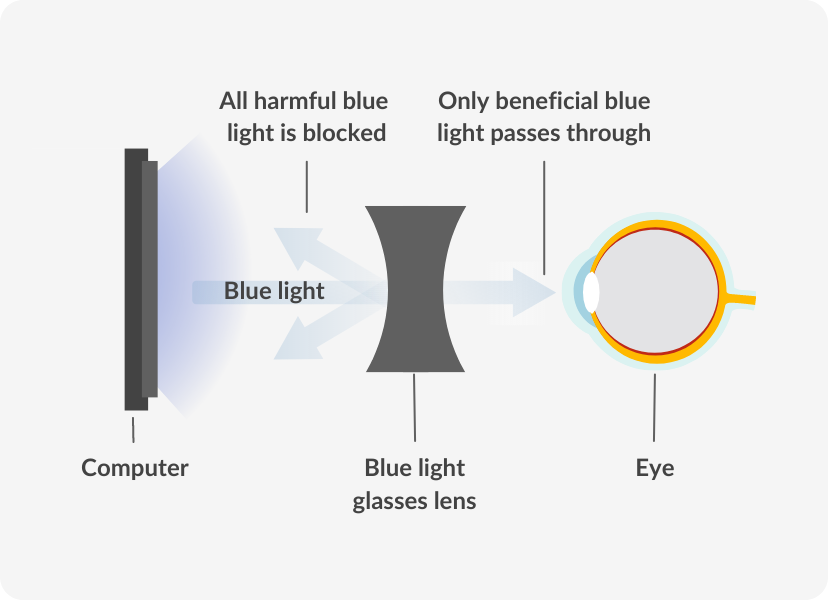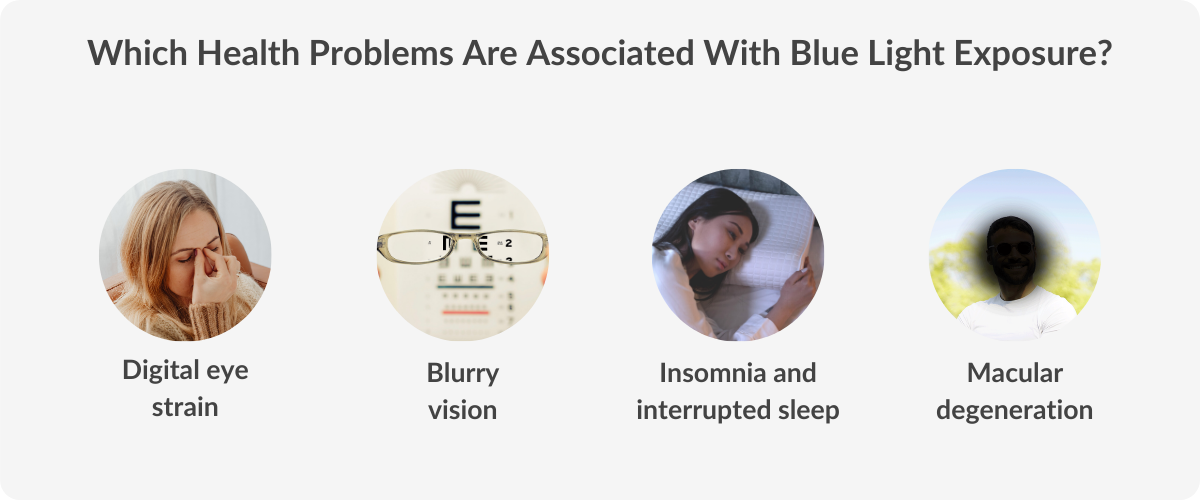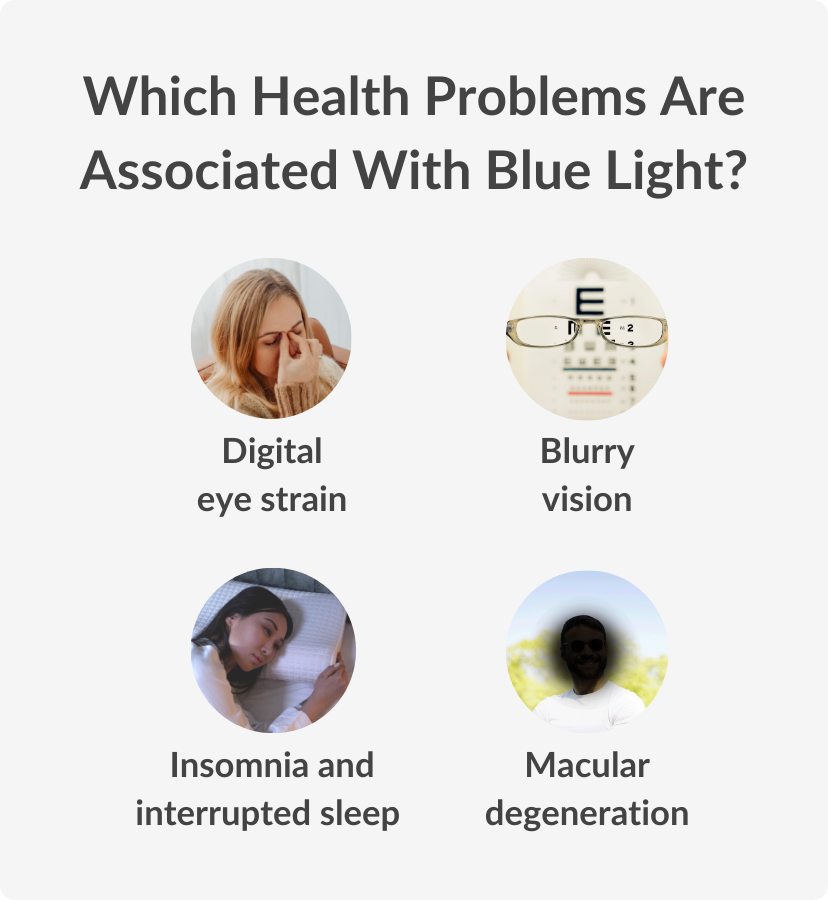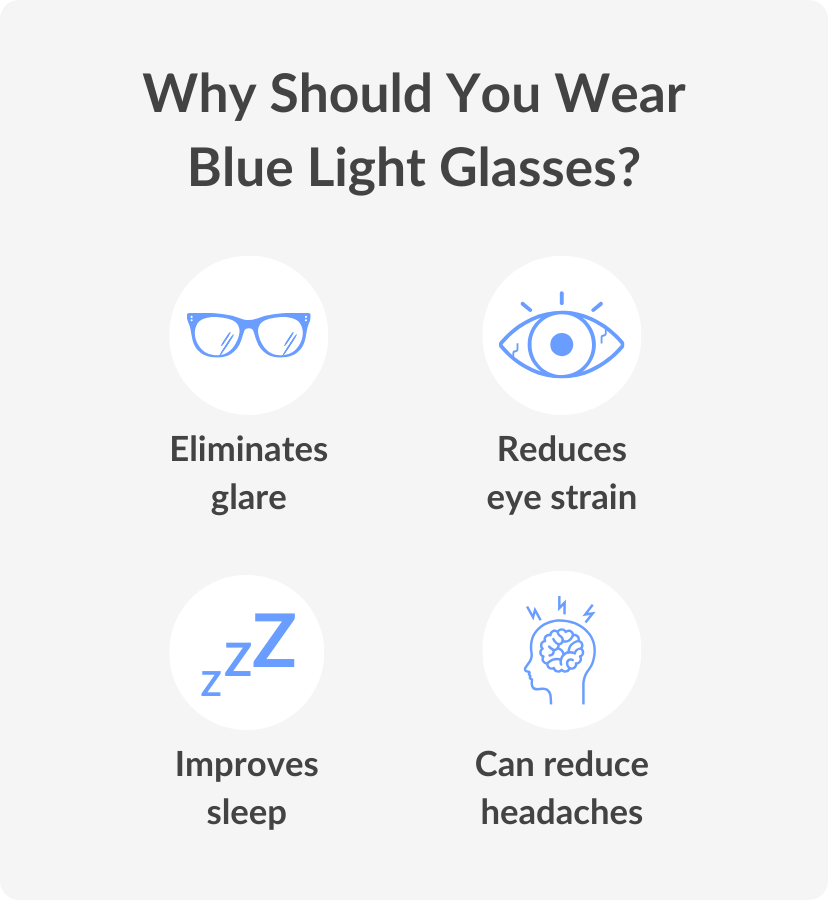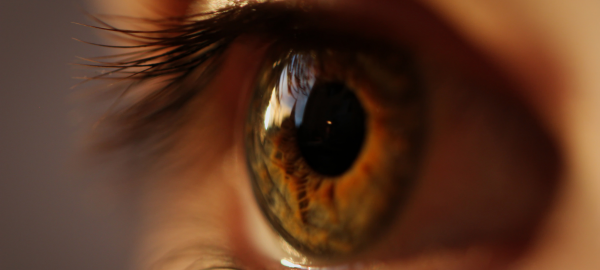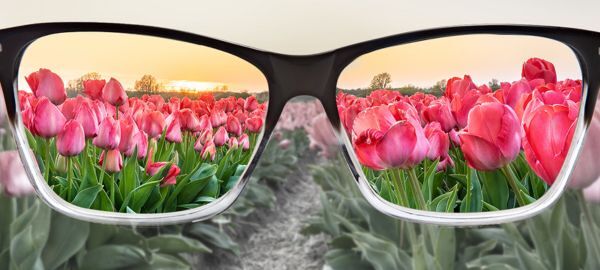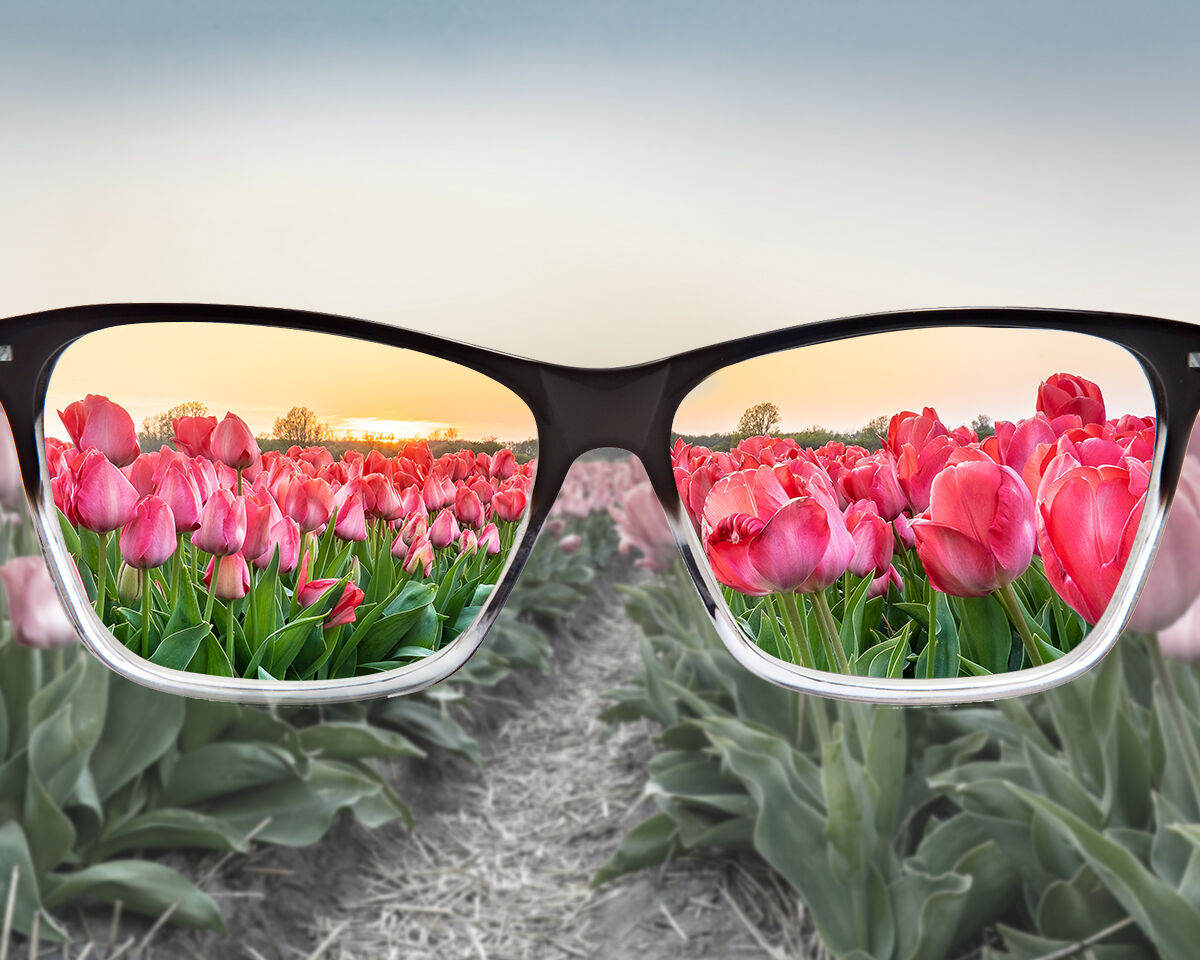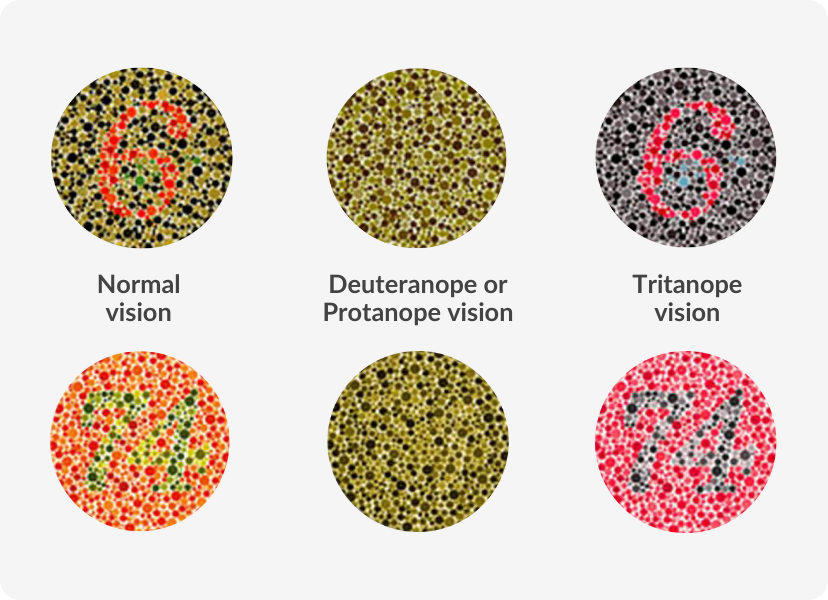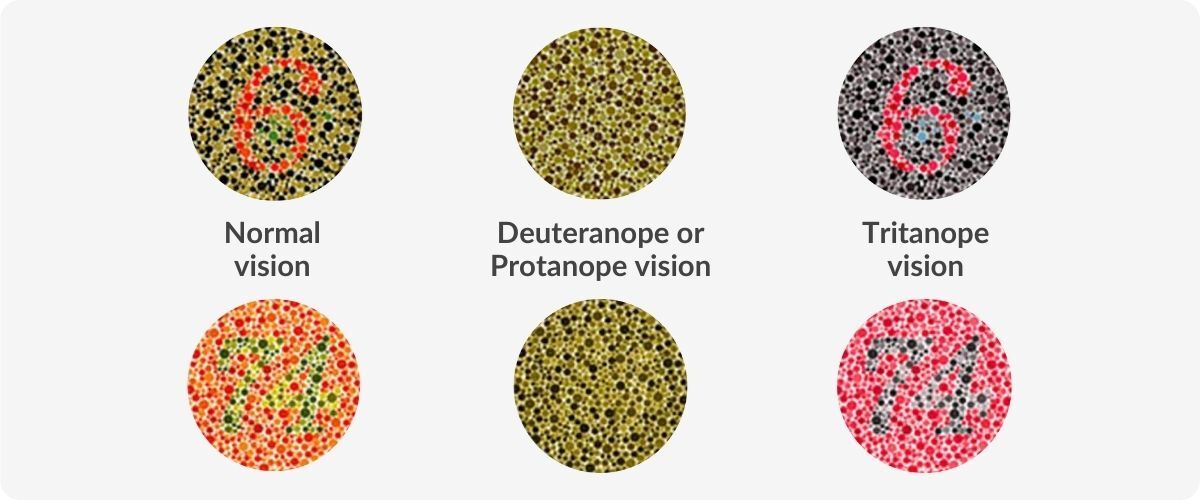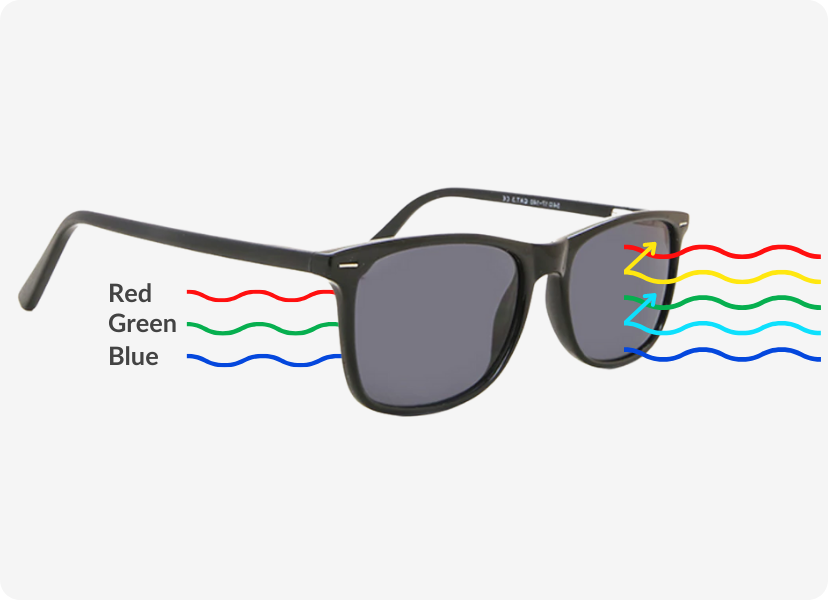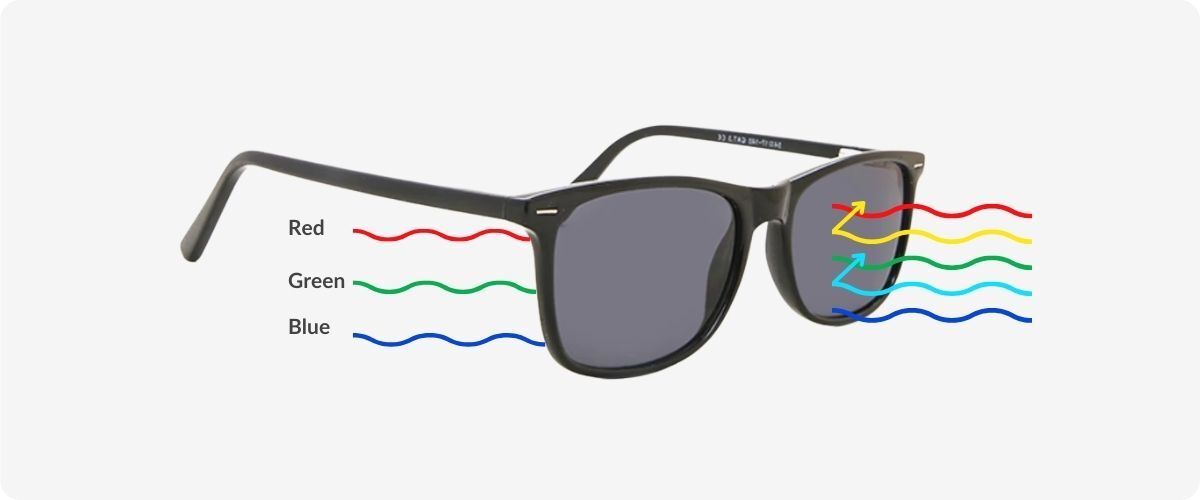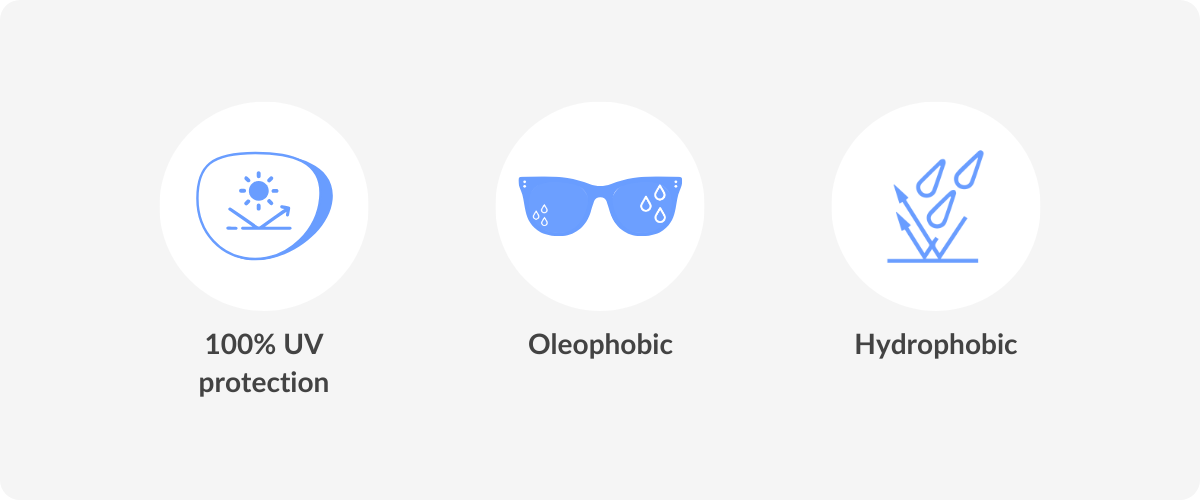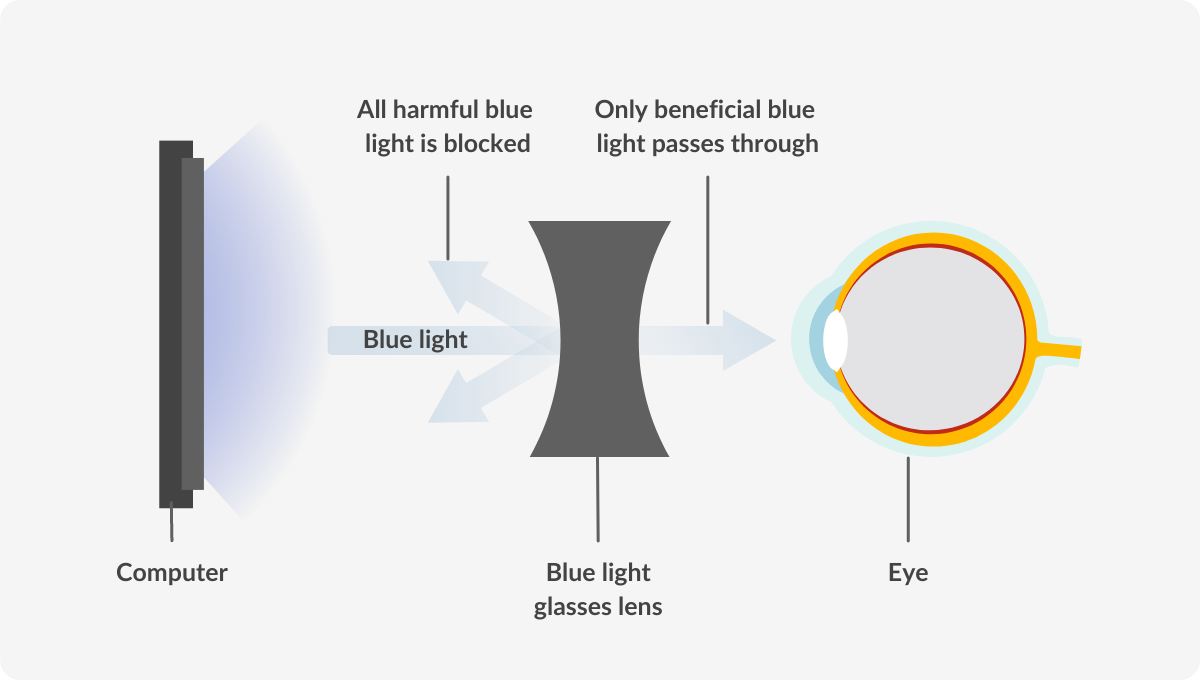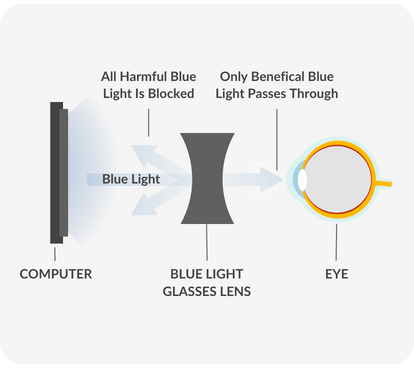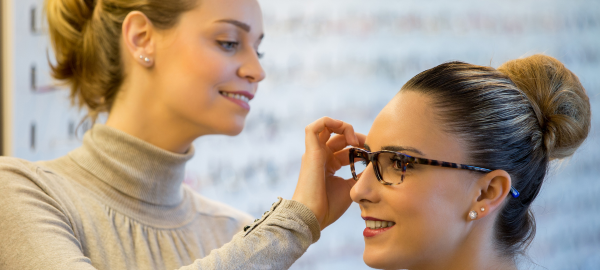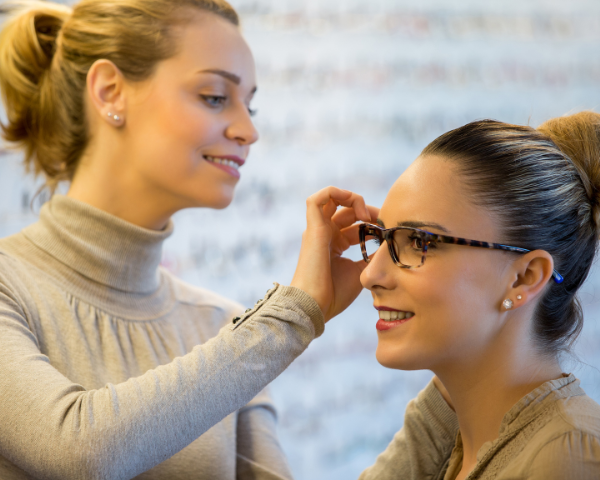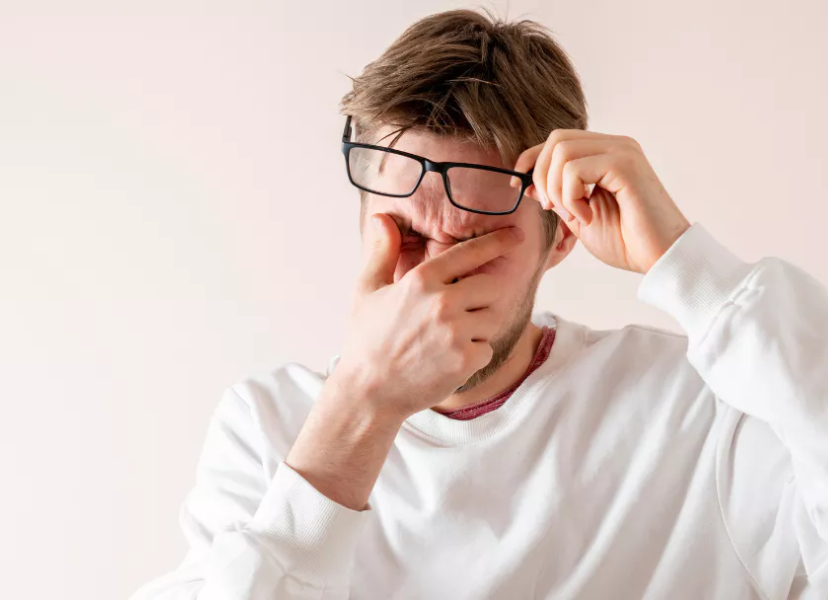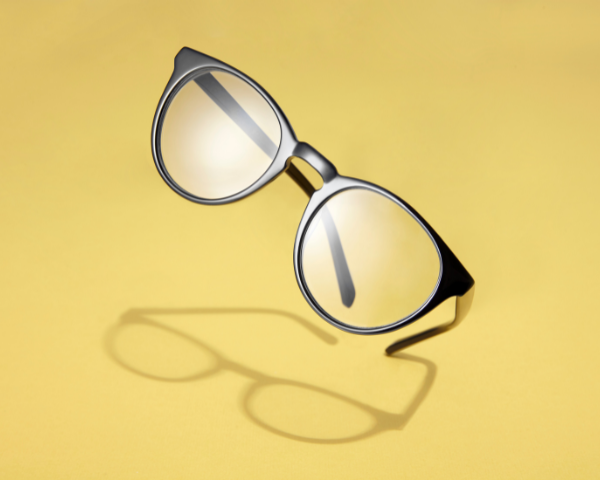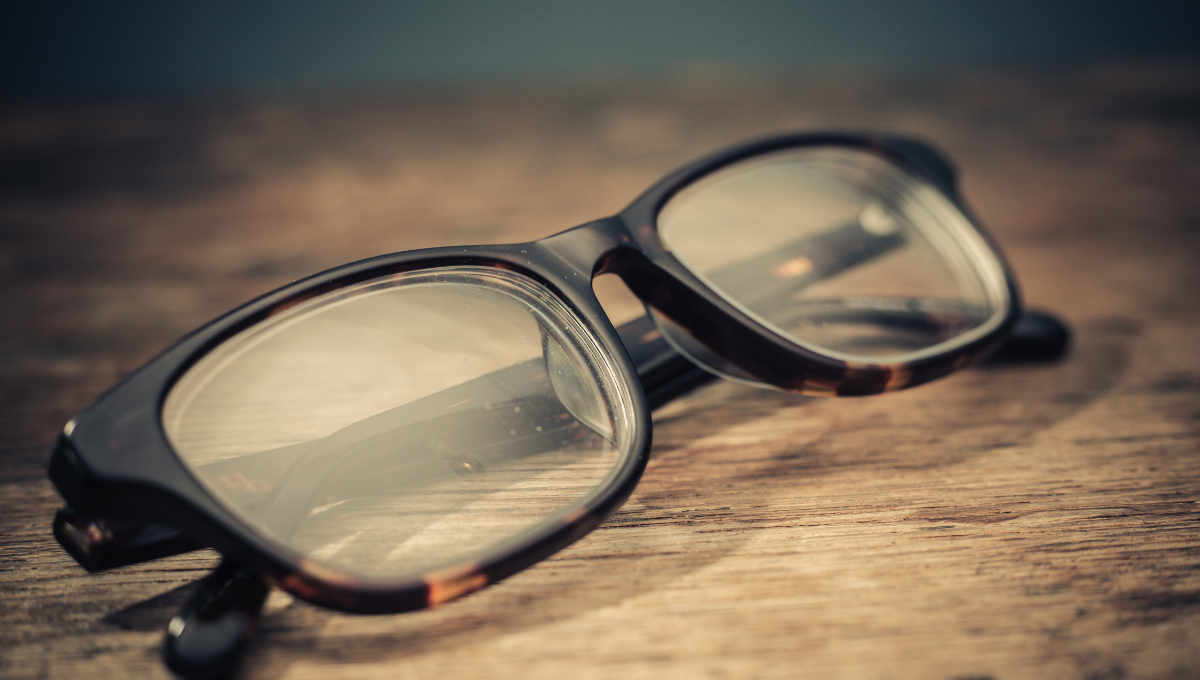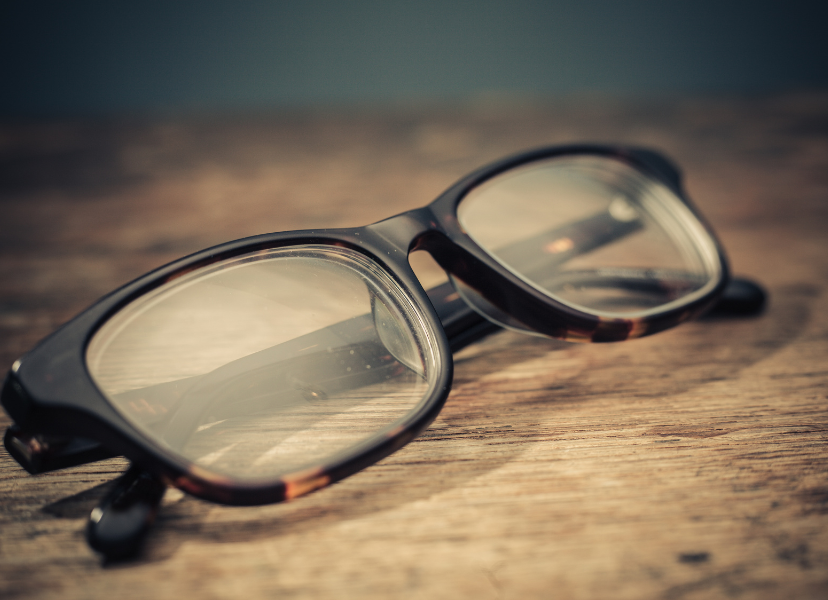What Your Eye Colour Says About Your Personality

Reviewed by
Beck Jinnette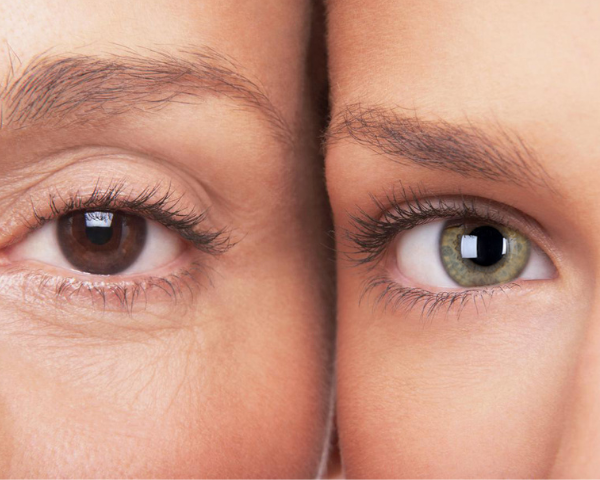
Do different eye colours mean anything?
Often referred to as the window to the soul, our eyes are one of the first things people notice about us. The most important organ regarding our senses, our eyes, can be a mesmerising point of beauty thanks to the pool of colours that swirl around.
But do they mean something other than the obvious? While the colour of our eyes is determined by a combination of pigmentation and genes, some of the world’s population and cultures play with the idea that eye colour holds a deeper meaning about a person and may literally be a window to our personalities.
What determines your eye colour?
Scientifically speaking, the colour of our eyes comes down to genetics and pigmentation. Melanin is the pigment responsible for our eye colour that sits in the front layer of the iris (MedlinePlus 2022). Melanin comes in two main forms that contribute to dark and light-coloured eyes: eumelanin and pheomelanin.
The more eumelanin melanin you have in your iris, the darker your eyes are. Therefore, people with brown eyes have the most melanin. People with pheomelanin melanin have lighter hues like blue, grey or green eyes.
What are the 4 main eye colours?
The four most common eye colours are brown, blue, hazel and green. Brown eyes are one of the most common eye colours there is. Nearly half the population has this eye colour. On the other end, green eyes are considered one of the most rare colours, with less than 10% of the population having this unique colour hue.
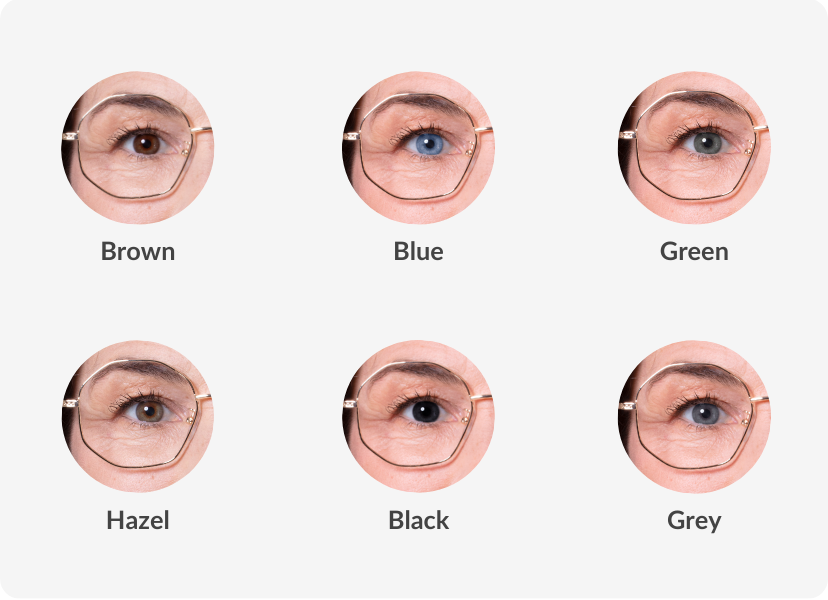

Of course, there are other eye colours that people can have, but these are less common, like grey eyes, or can stem from conditions such as albinism. Black eyes are also another interesting colour. Technically these don’t really exist, but you may have such dark brown eyes that they seem black in some lights.
What type of person are you if you have brown eyes?
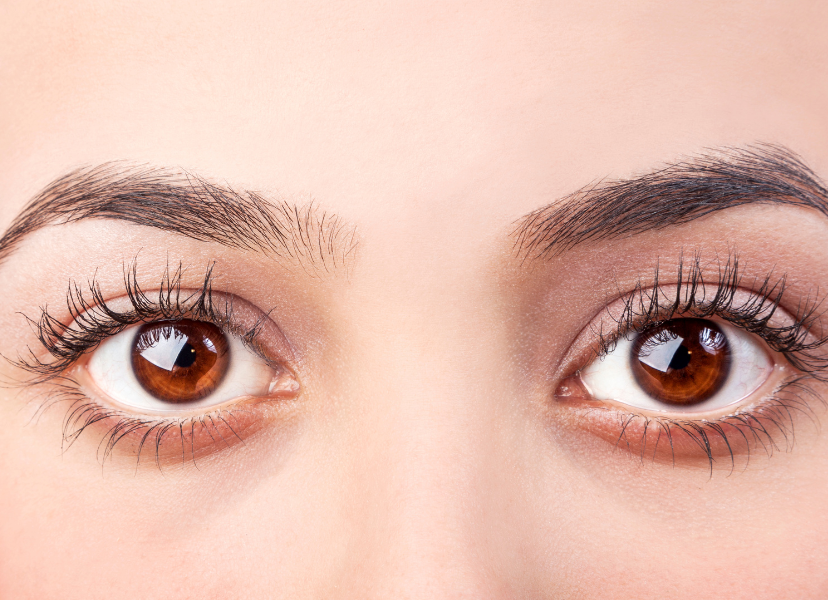

Studies have shown that brown-eyed people tend to be sociable, have a high level of self-confidence and are extremely ambitious (Chandola, R 2016, p. 124). Brown-eyed individuals are determined to achieve their goals and possess strong mental strength.
Whether you have dark or light brown eyes, people feel calm and secure in your presence. This could be due to the fact that your eye colour feels familiar and safe, considering it is the most common.
What kind of trait are blue eyes?
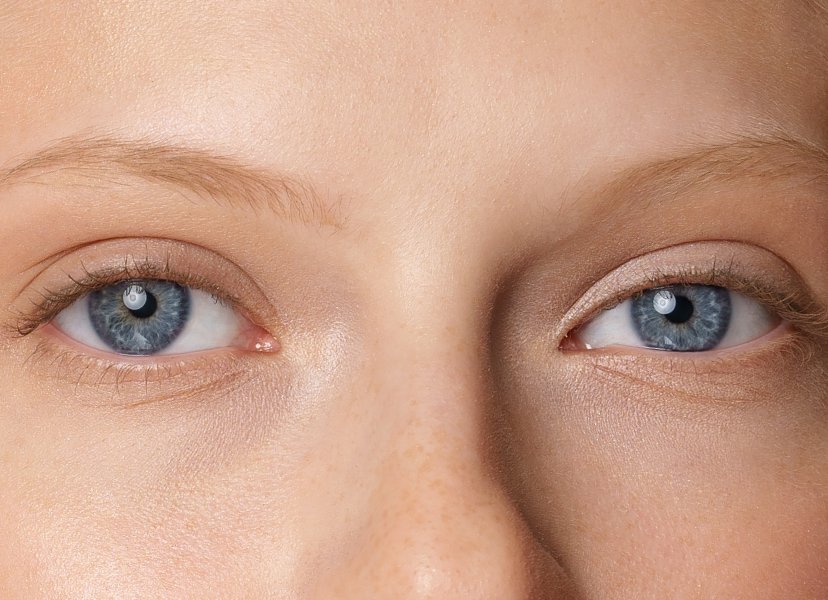
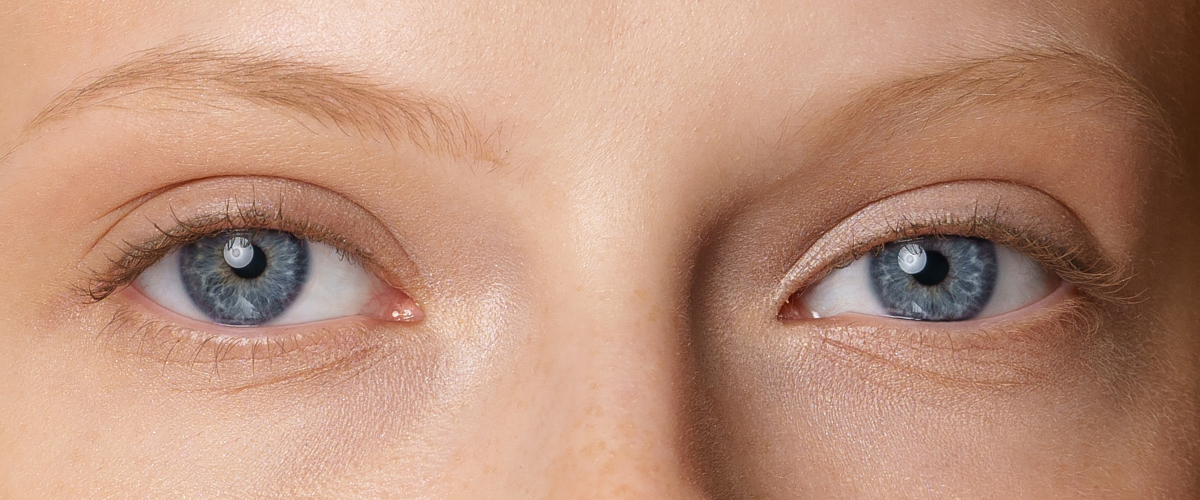
Known to be a child’s eye colour when they are first born, blue-eyed individuals give a sense of youthfulness to others. Common traits for people with blue eyes are that they are cheerful, have a pleasant demeanour and are kind to everyone. This could be thanks to their younger looks.
Psychologists have also said that blue-eyed people are meant to have a high pain tolerance. Whether this is due to others underestimating them for their looks, blue-eyed people aren’t ones to be messed with just because they seem innocent.
DID YOU KNOW
Contrary to popular belief, black eyes do not exist. This pigmentation and hue can not naturally occur in our eyes unless the appearance is altered with coloured contact lenses.
What personality type are green eyes?
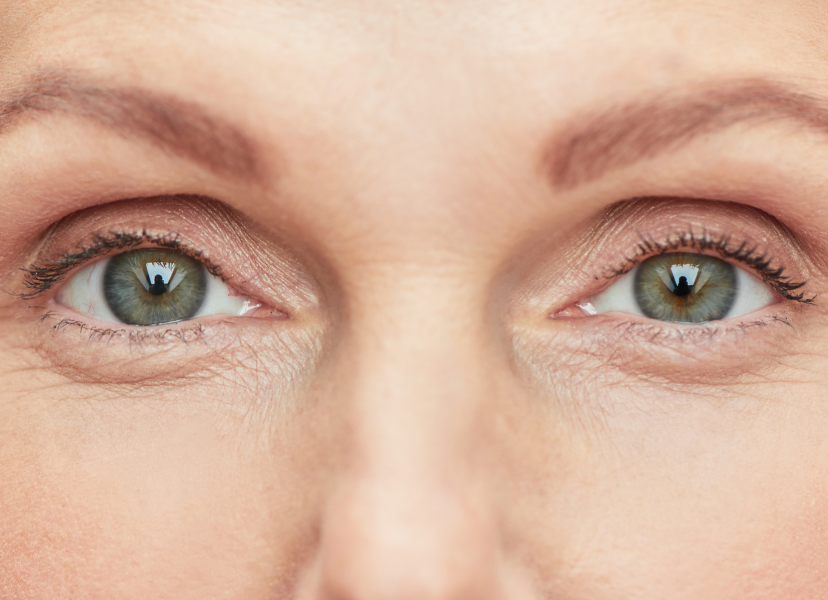

Green-eyed people tend to be mysterious, all thanks to the amount of melanin that makes up their eye colour. Individuals with this eye colour have a creative outlook and are curious enough to ask tough questions. Much like blue eyes, these light eyes are also associated with a vibrant and youthful personality.
People with green eyes have also been known to be more jealous than others, but this may also be due to the fact that they are extremely passionate, whether in their work or personal life.
What hazel eyes say about you
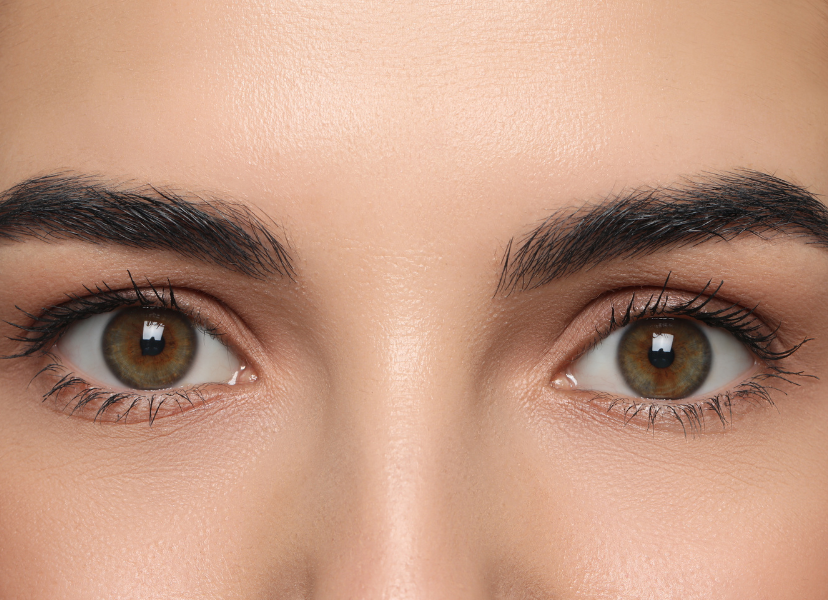
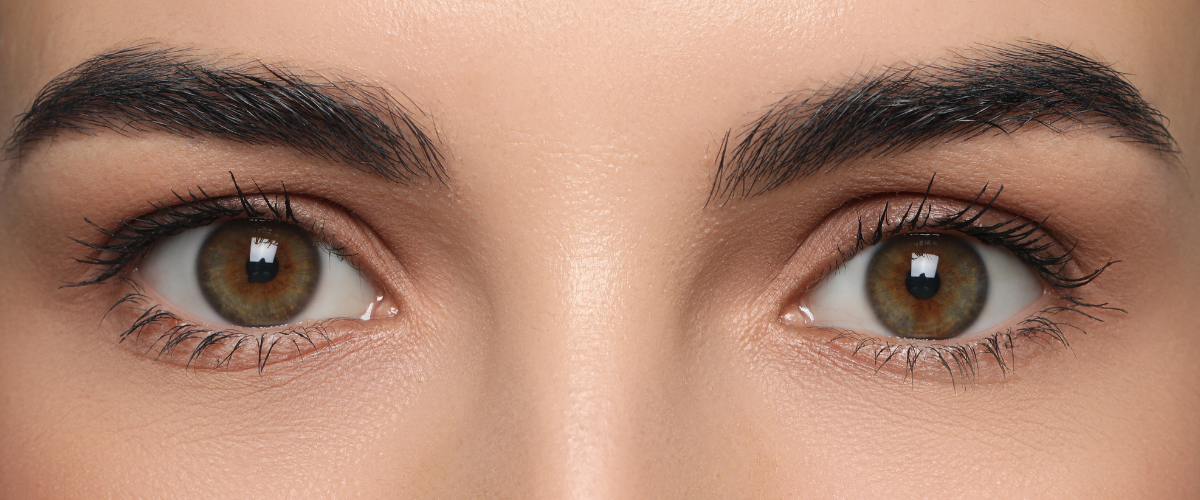
Hazel eyes are like looking into a pool of warm honey and amber hues, so it’s only a given that people with hazel eyes tend to be warm and inviting. These people also enjoy taking chances and are bursting with powerful, vivacious energy.
People with hazel eyes are also courageous and determined to tackle the challenges that they face. They possess a variety of original perspectives and methods and will almost certainly think of original answers related to any issues, making them great to have on your team.
What do black eyes say about someone?
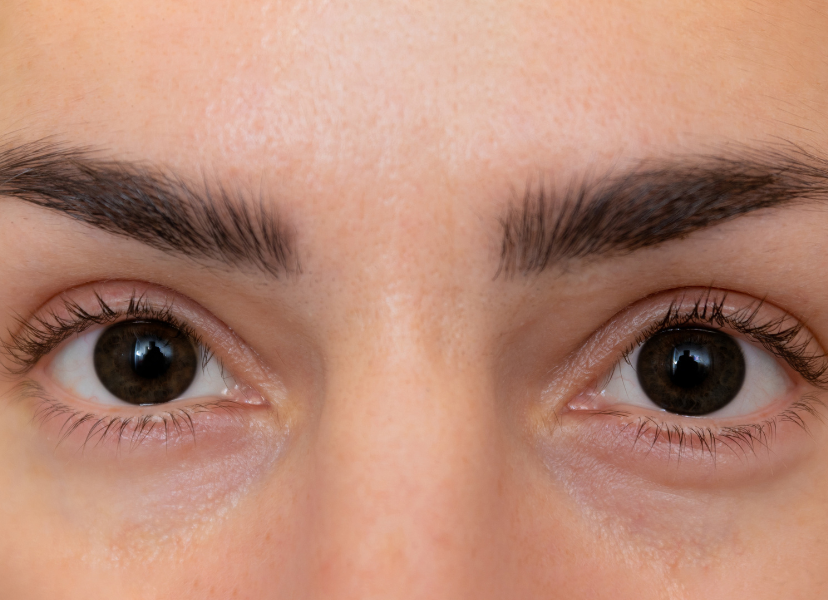
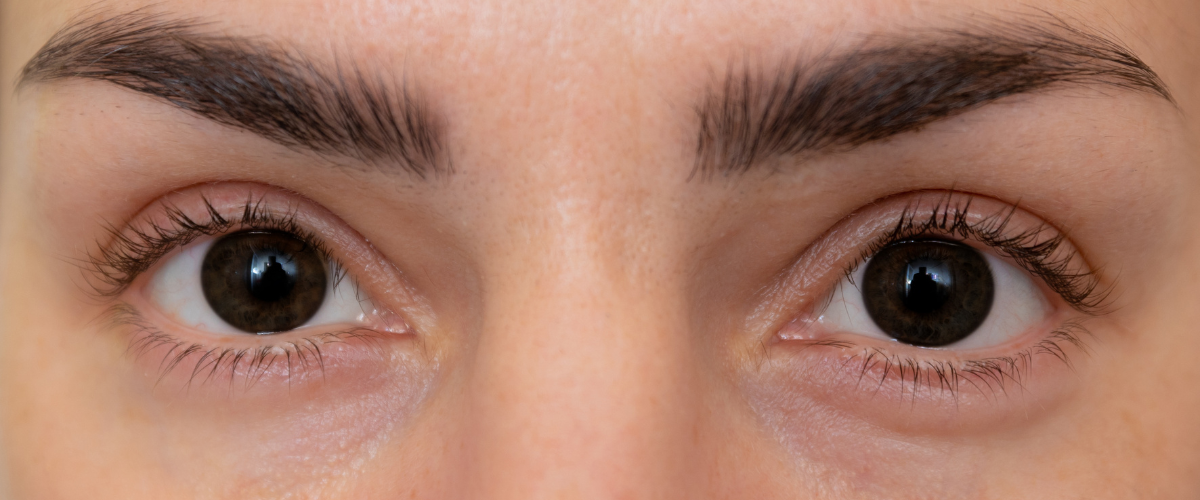
Even if this is not a real eye colour, people with deep dark eyes are seen to be very optimistic and responsible. They are constantly alert and eager to establish their value with others but tend to keep to themselves and are frequently secretive.
People with more melanin resulting in dark brown, almost black-looking eyes, are also known to have stronger eye contact skills, which some people may find intimidating.
What do grey eyes signify about your personality traits?
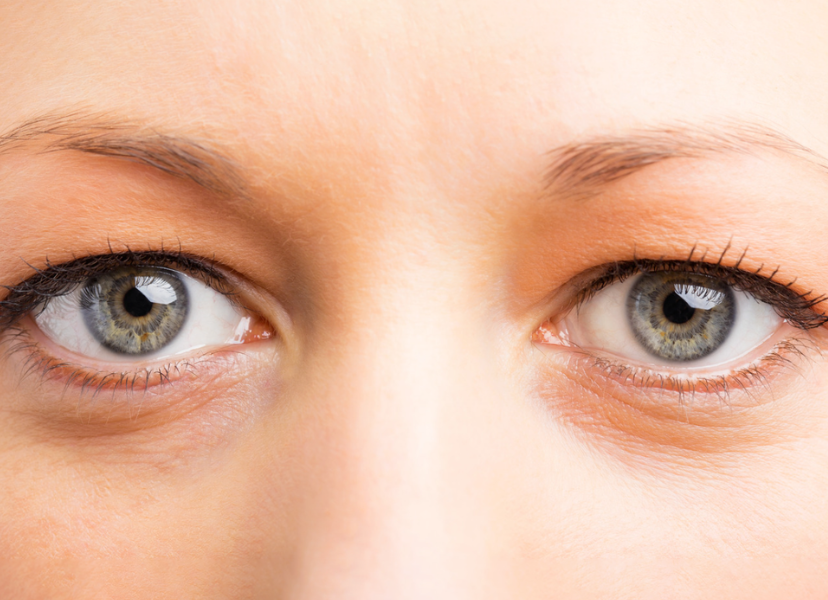
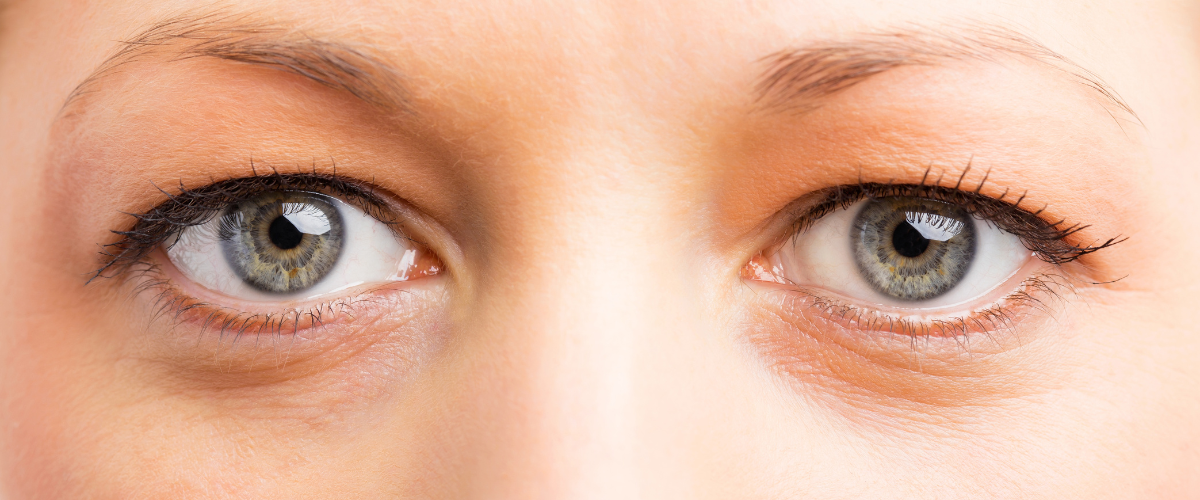
Those with grey eyes are hard to come by, but they’ll leave an impact when you do. People with grey eyes are calm and organised and often make great leaders by remaining strong when faced with stressful situations.
These individuals may keep to themselves, but when given the right environment and encouragement, they will shine and show you their sharp minds and true personality of strength and determination.
Eye colour personality - does it really mean anything?
Whether or not you believe eye colour is a significant factor in personality traits or if our eye colour reveals anything about us other than our genetics, there’s no harm in seeing if it rings true. Study participants may or may not be biased in their beliefs, but one thing is for sure, our eyes are important and can tell us a lot about someone.
Our eyes can indicate whether we are tired, stressed, sad, happy or healthy. So whatever eye colour you have, taking care of them is important. Remember to check up on your eye health and wear the correct prescription glasses you need. If you have any other questions, speak to one of our certified online Opticians who are there to help.
Reference list
MedlinePlus. (2022). Is Eye Color Determined by Genetics?. MedlinePlus. Retrieved May 15, 2023, from https://medlineplus.gov/genetics/understanding/traits/eyecolor
Chandola, Rupali. (2016). Eye Colour: A Physical Trait Correlates with Personality & Mental Health. The International Journal of Indian Psychology. 3. 119-125. 10.1155/2014/291882. Retrieved May 12, 2023, from https://www.researchgate.net/publication/305221695_Eye_Colour_A_Physical_Trait_Correlates_with_Personality_Mental_Health





































